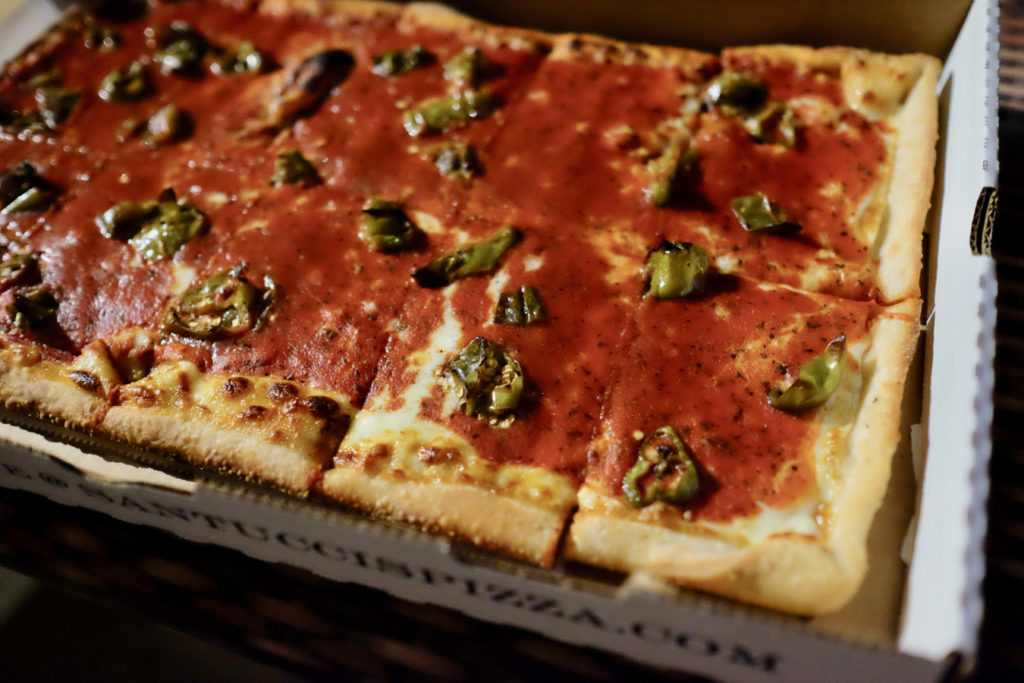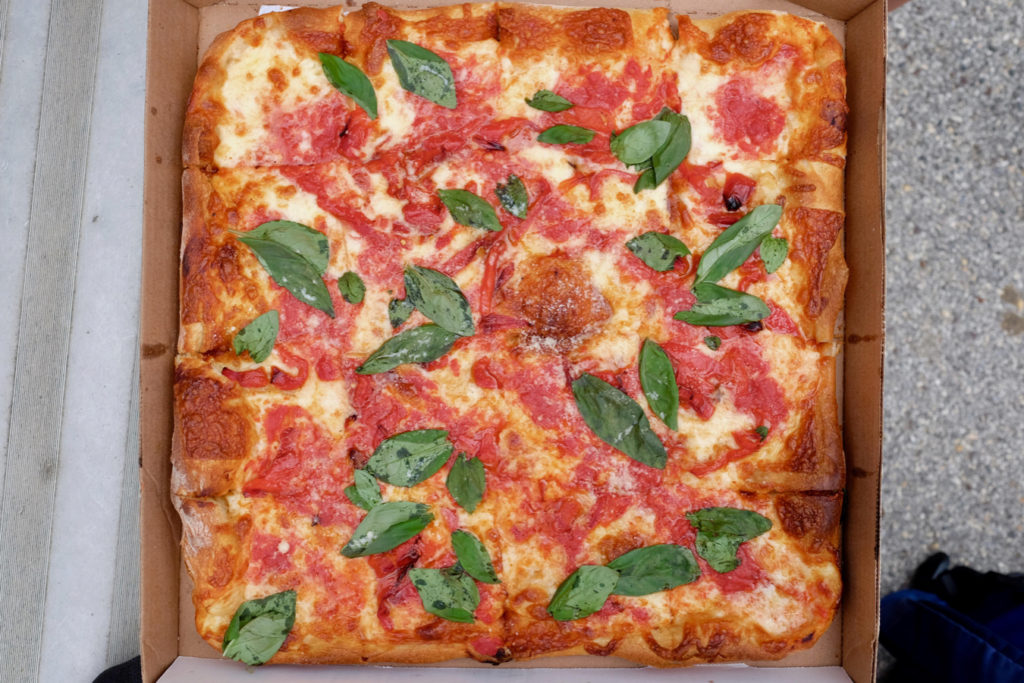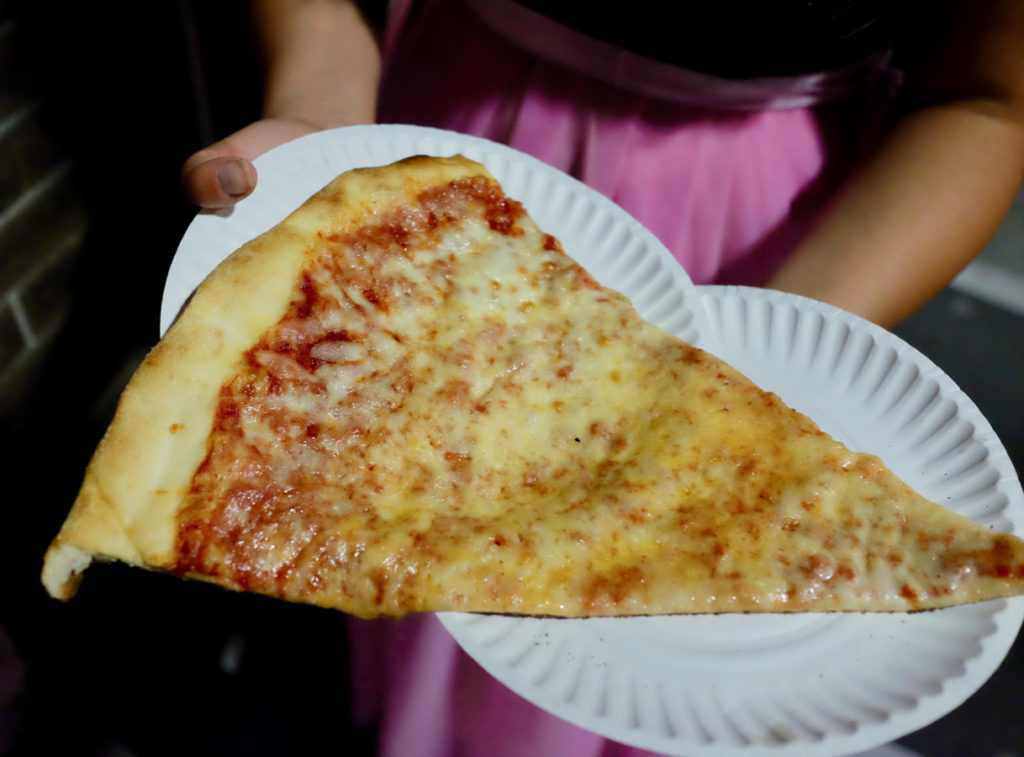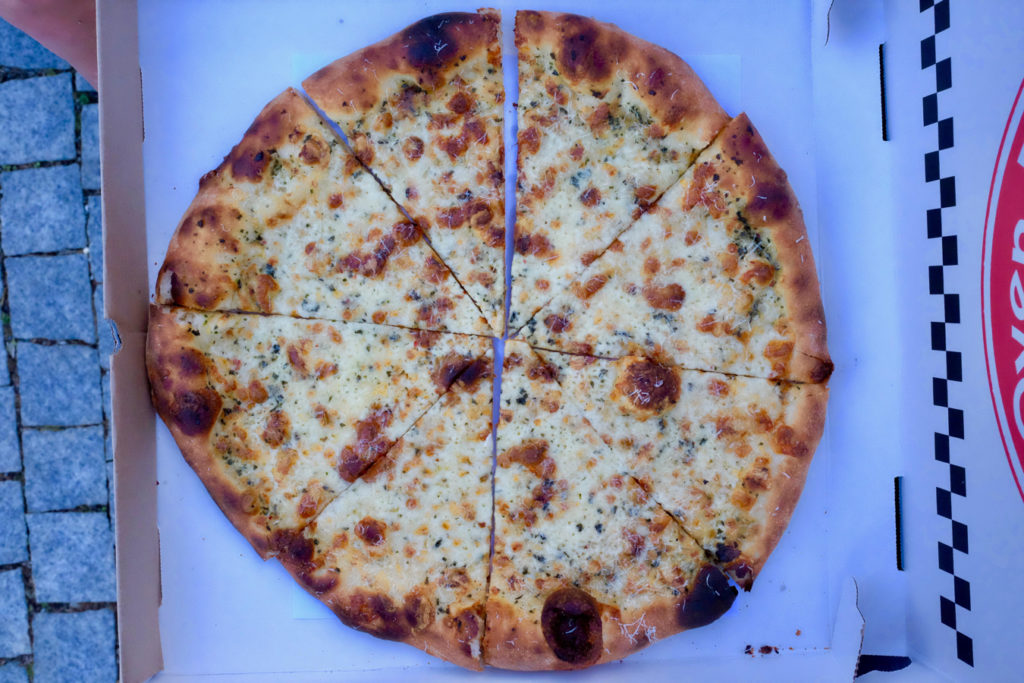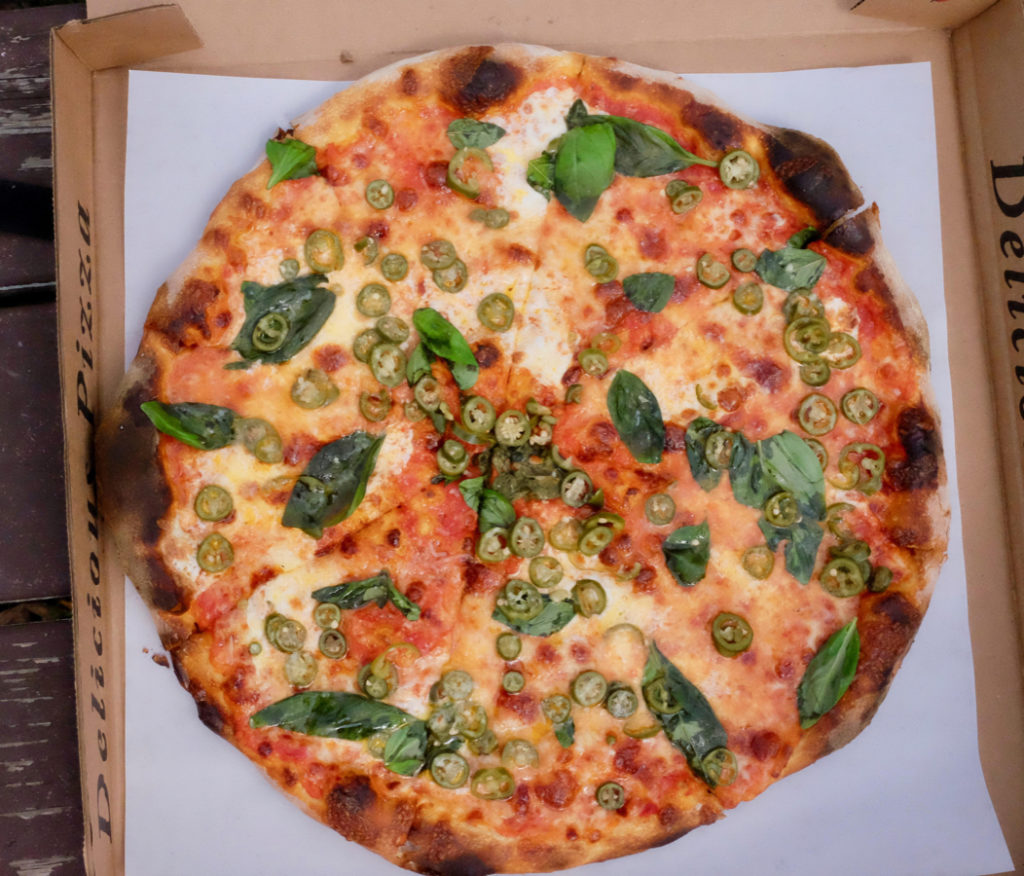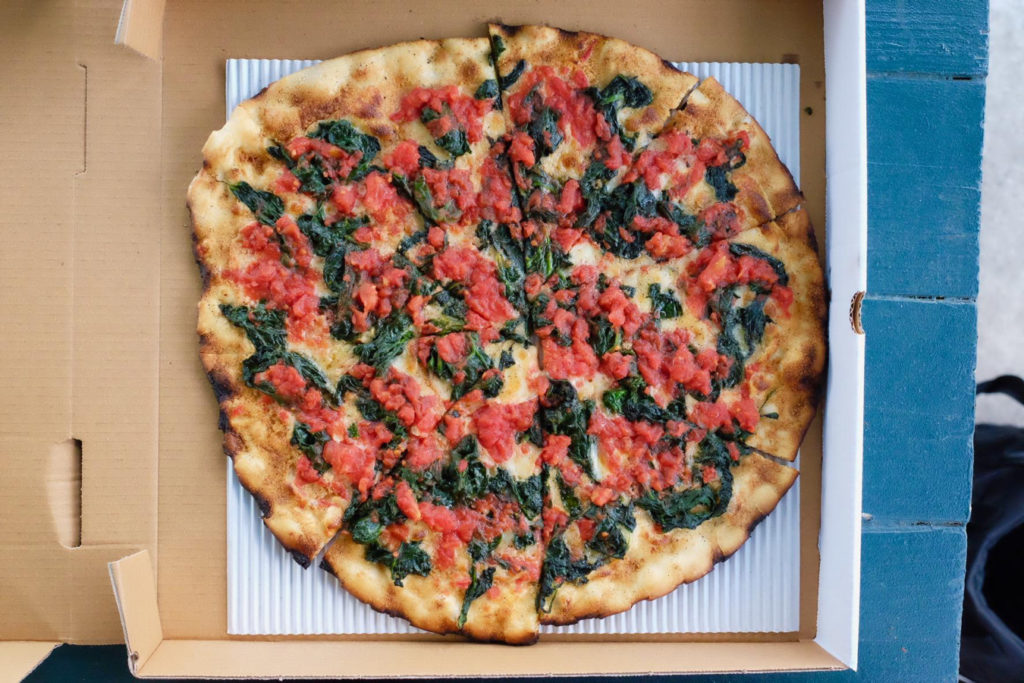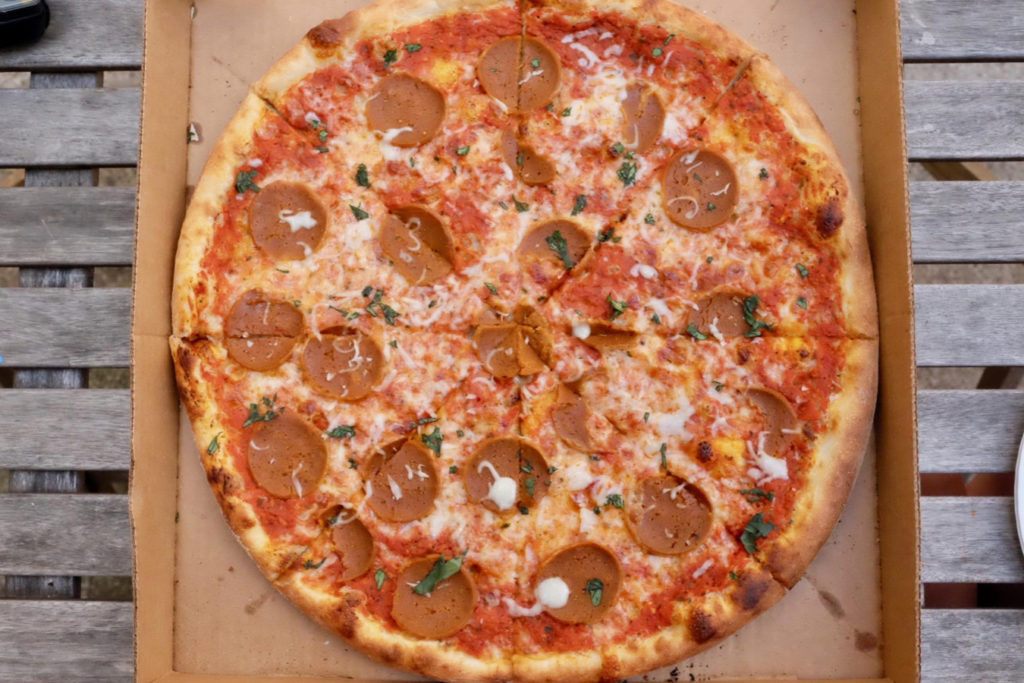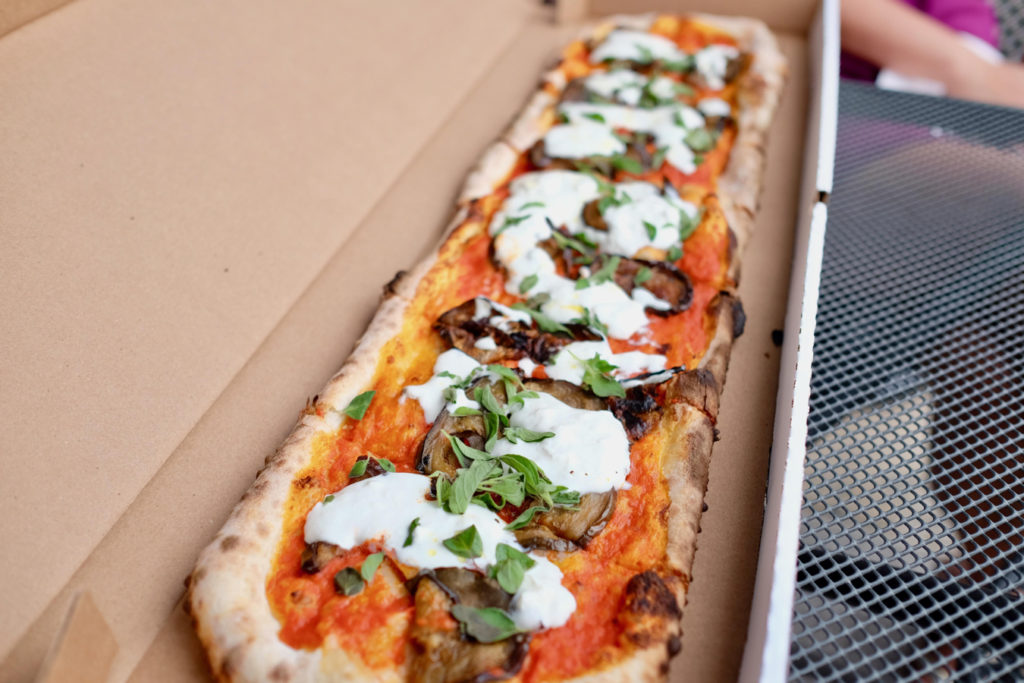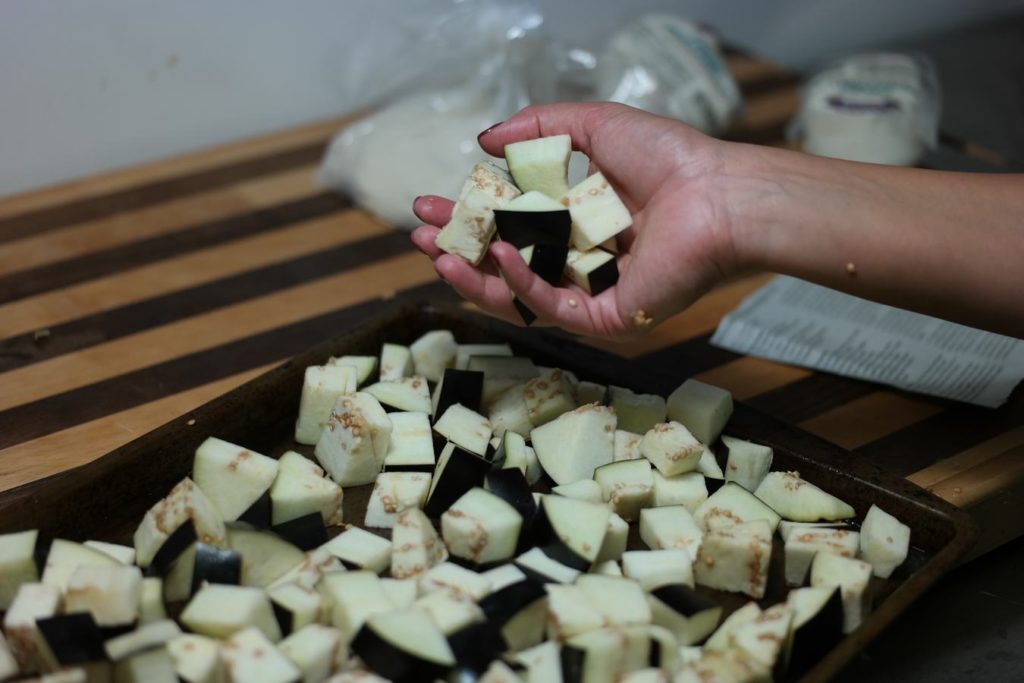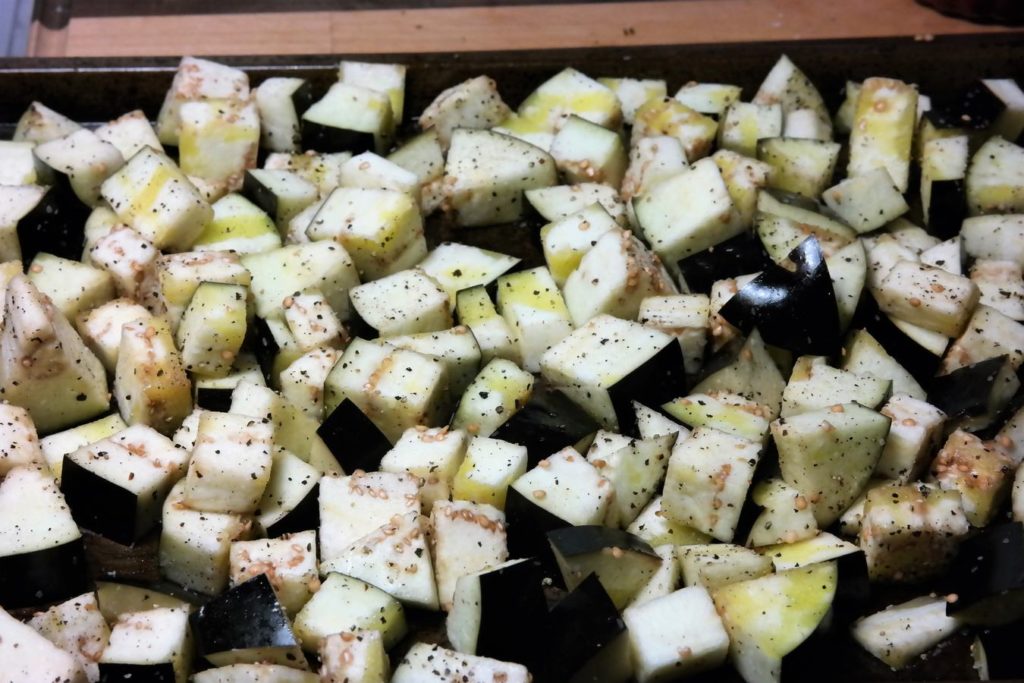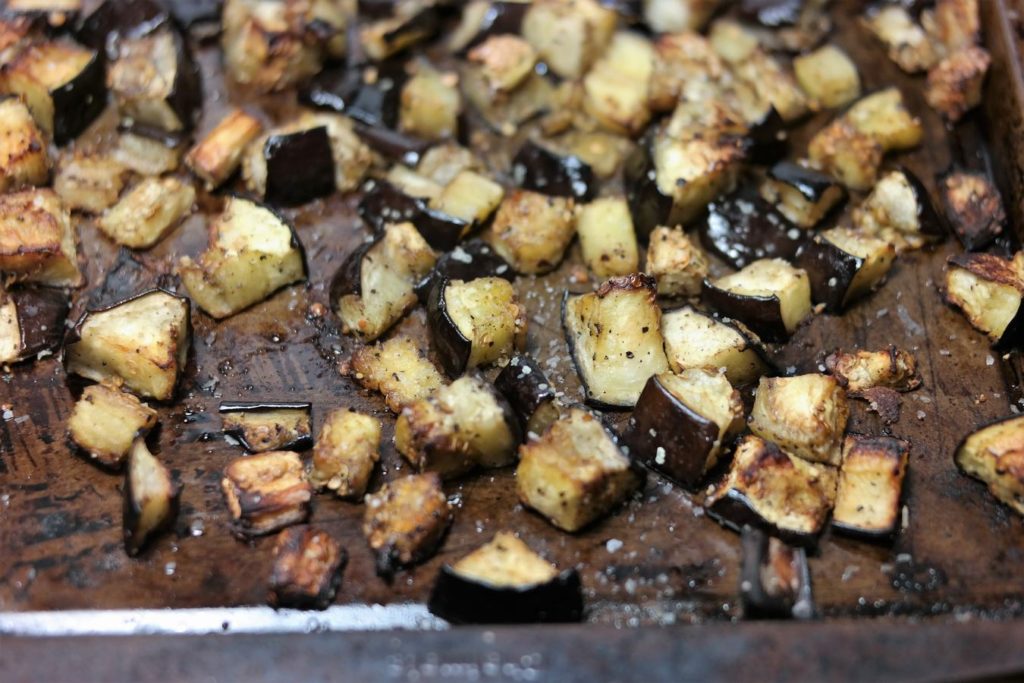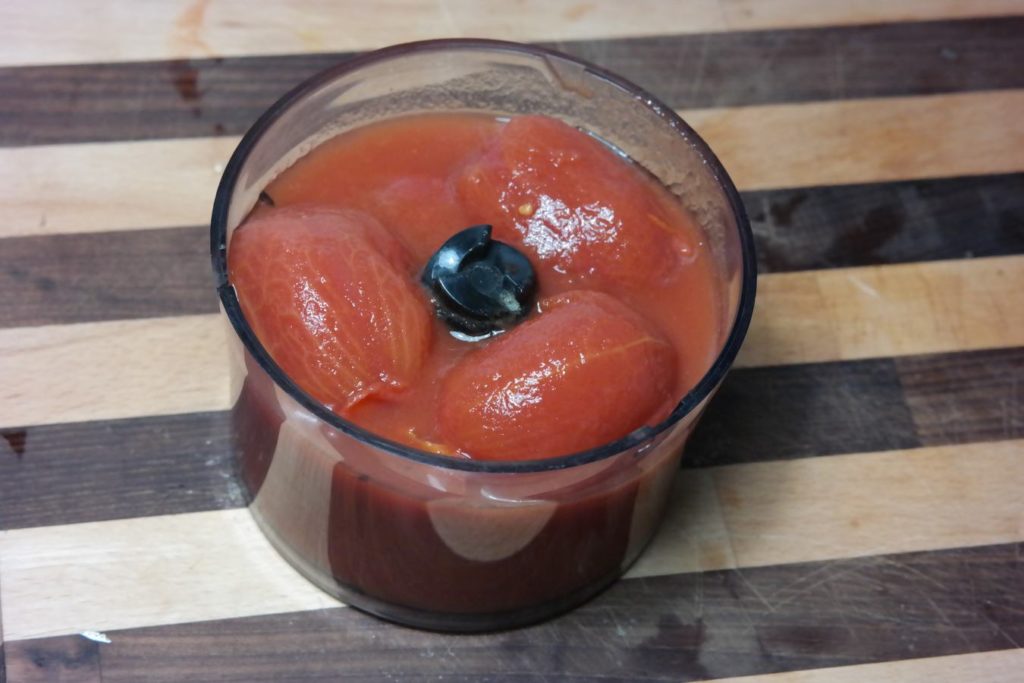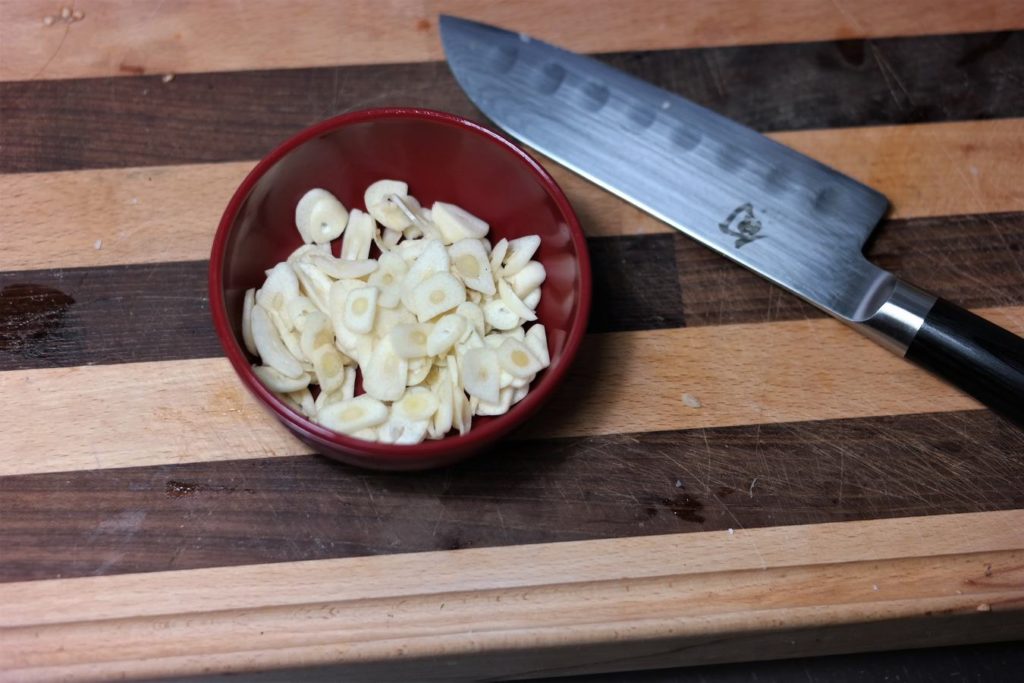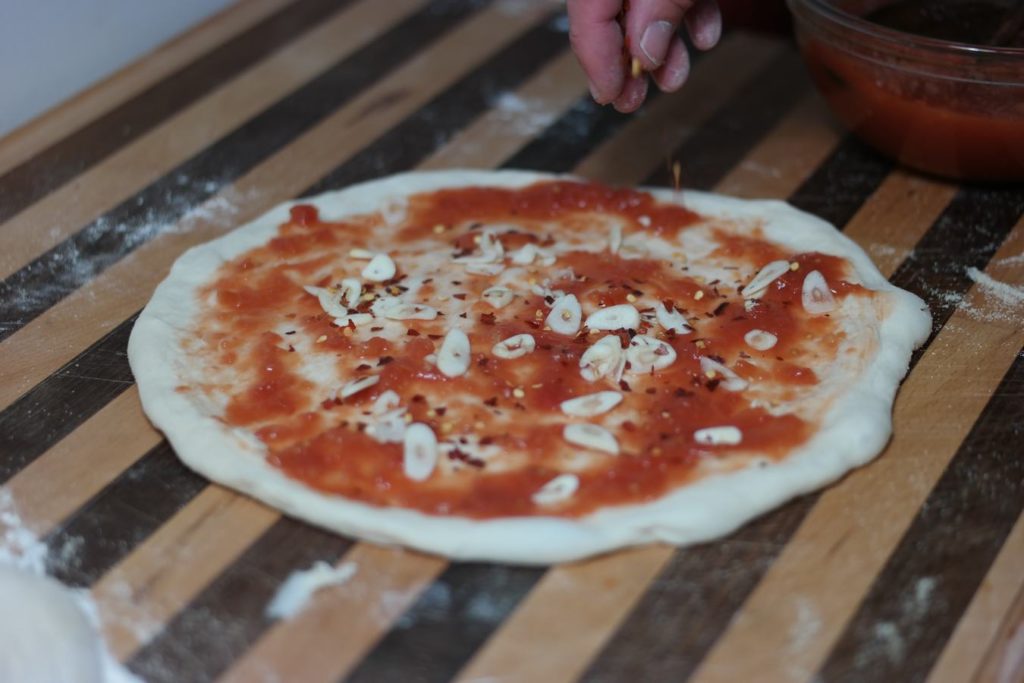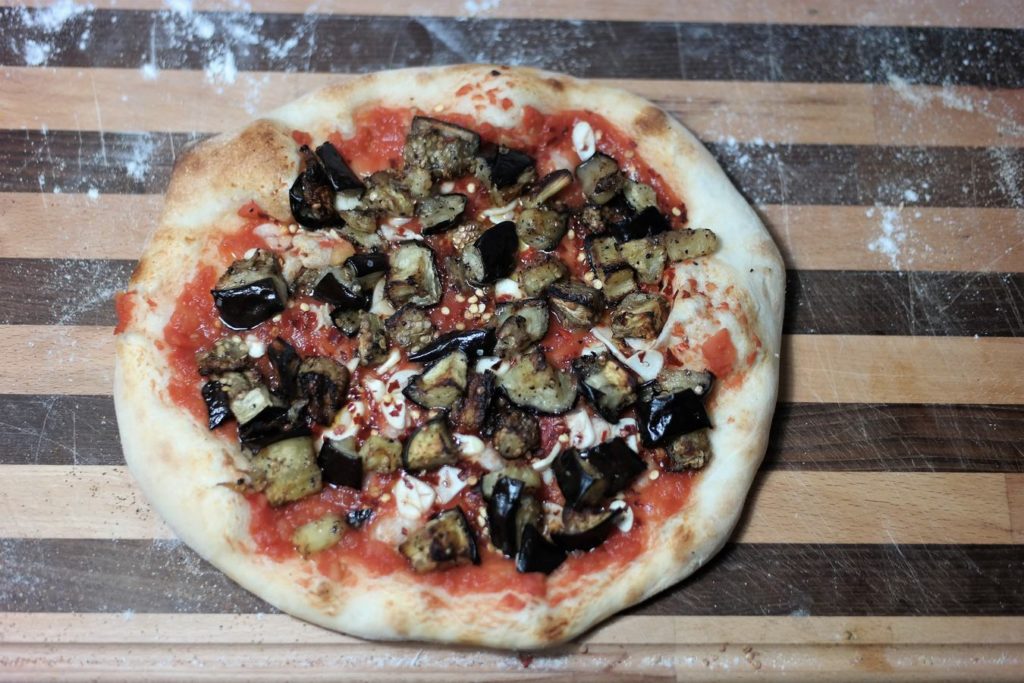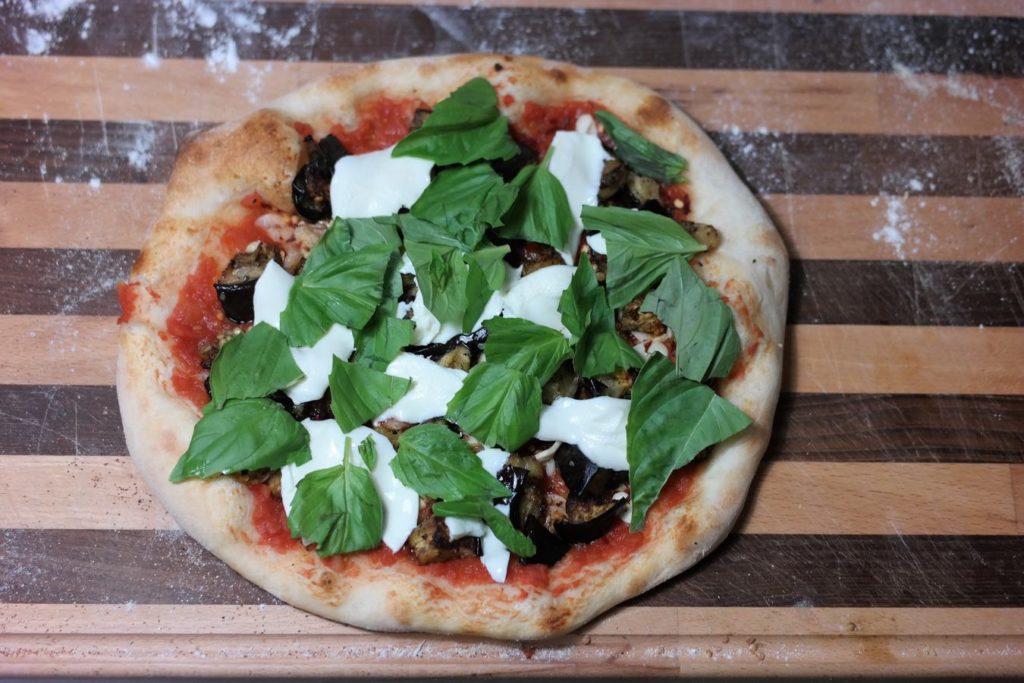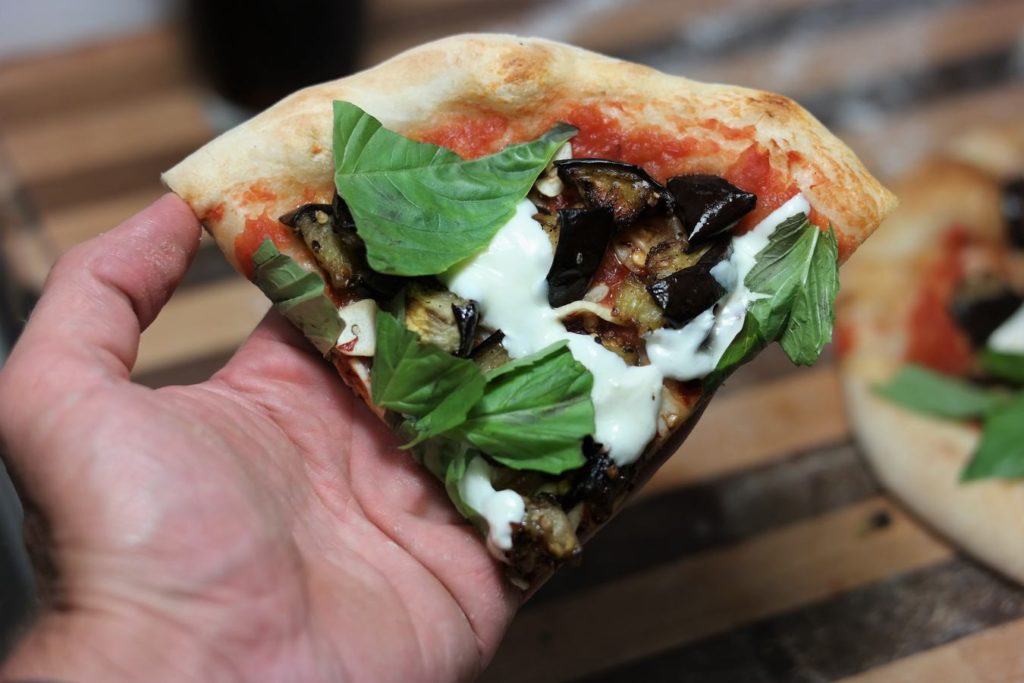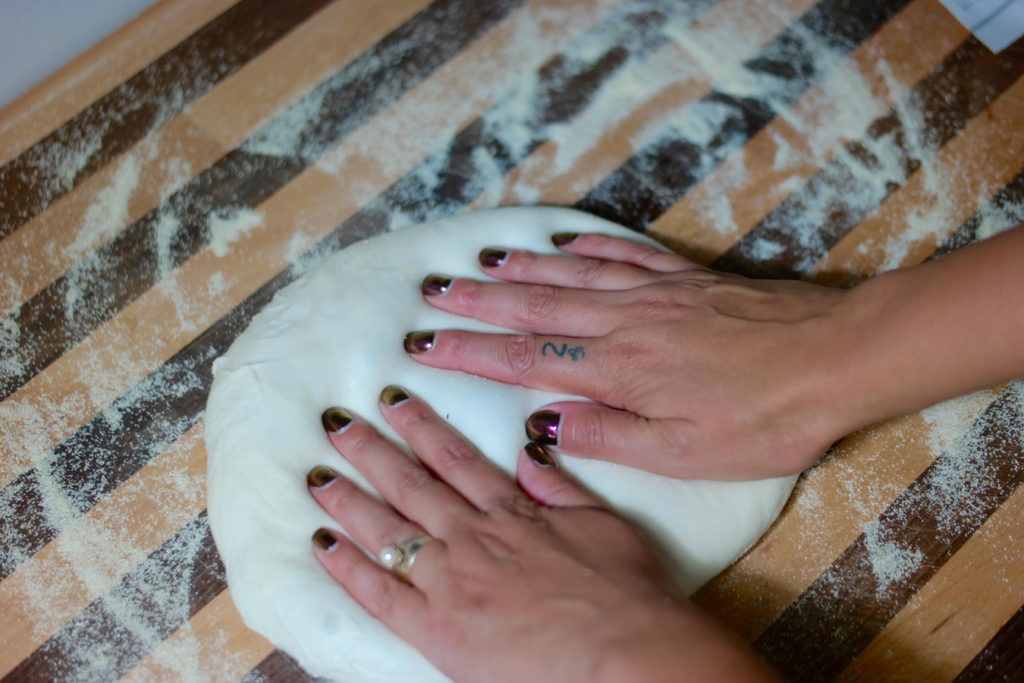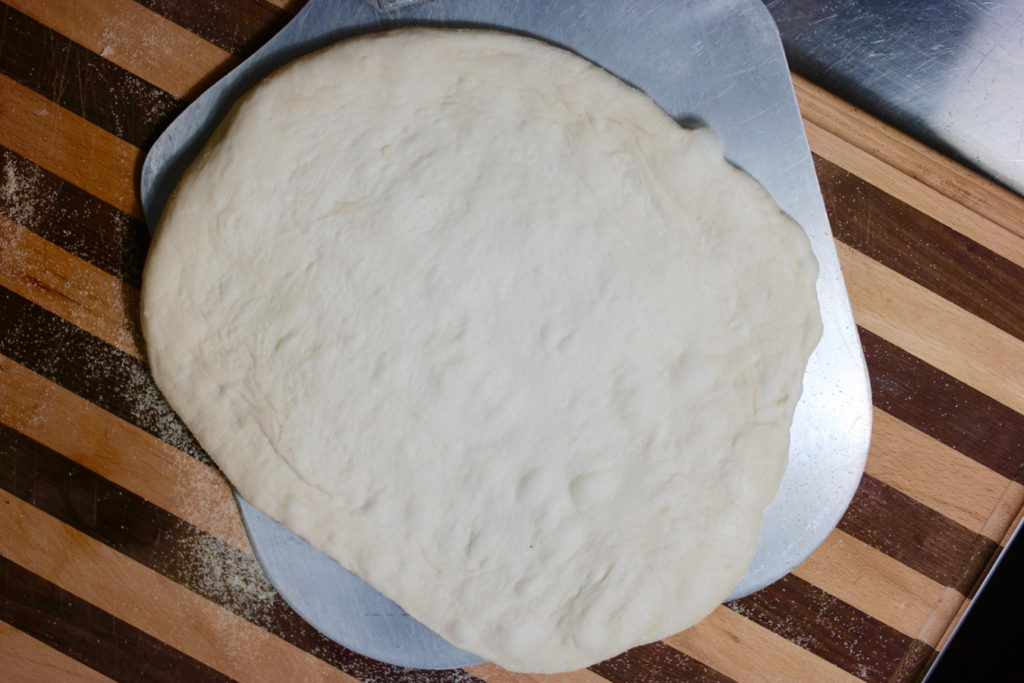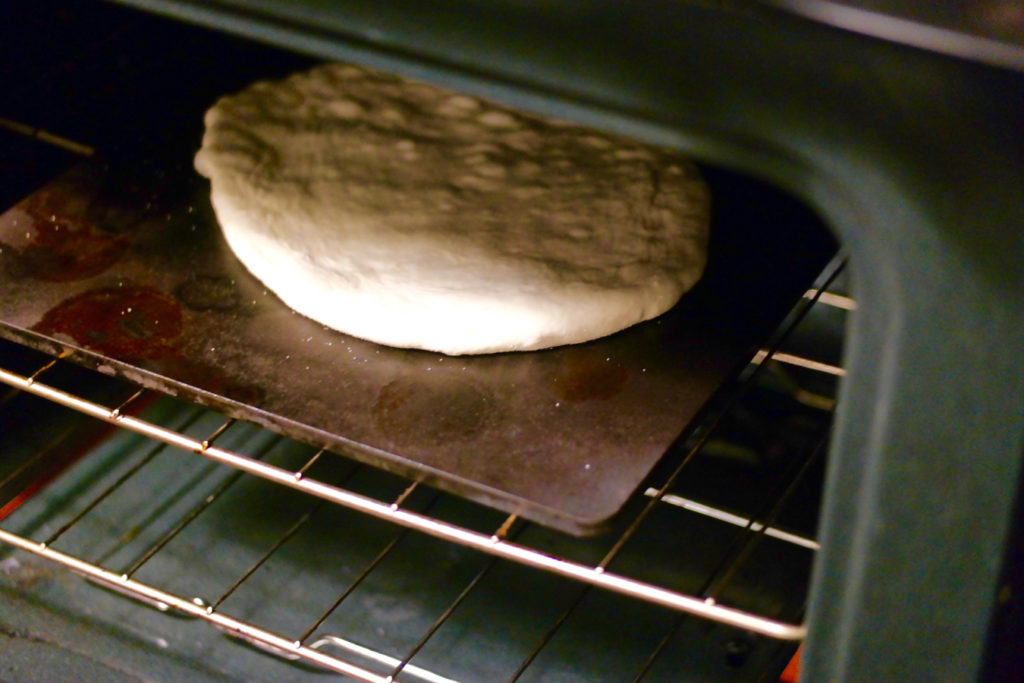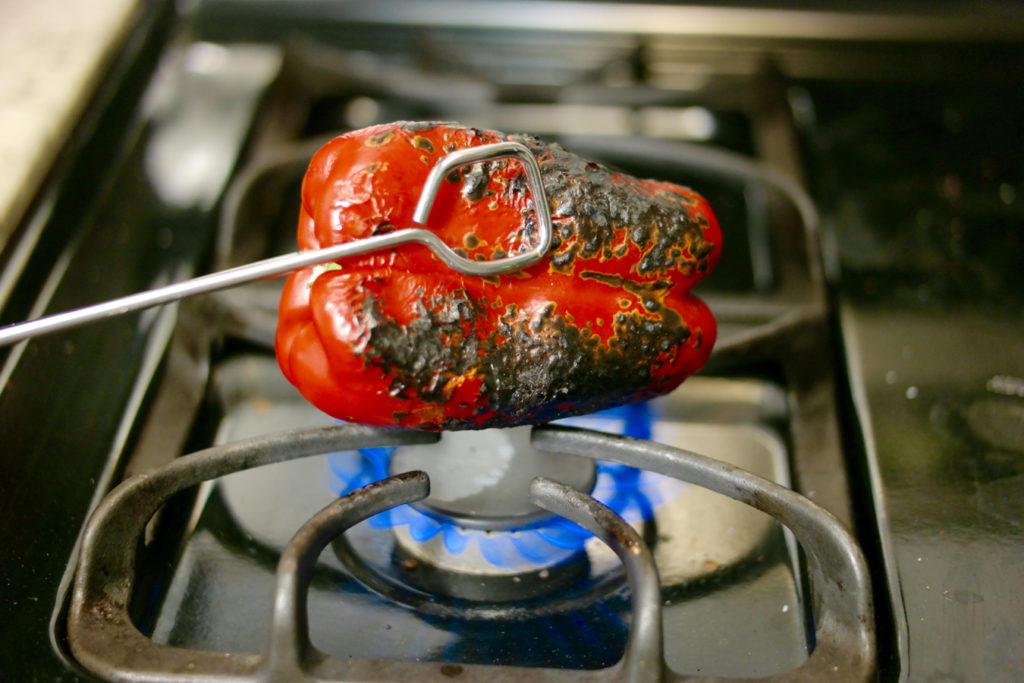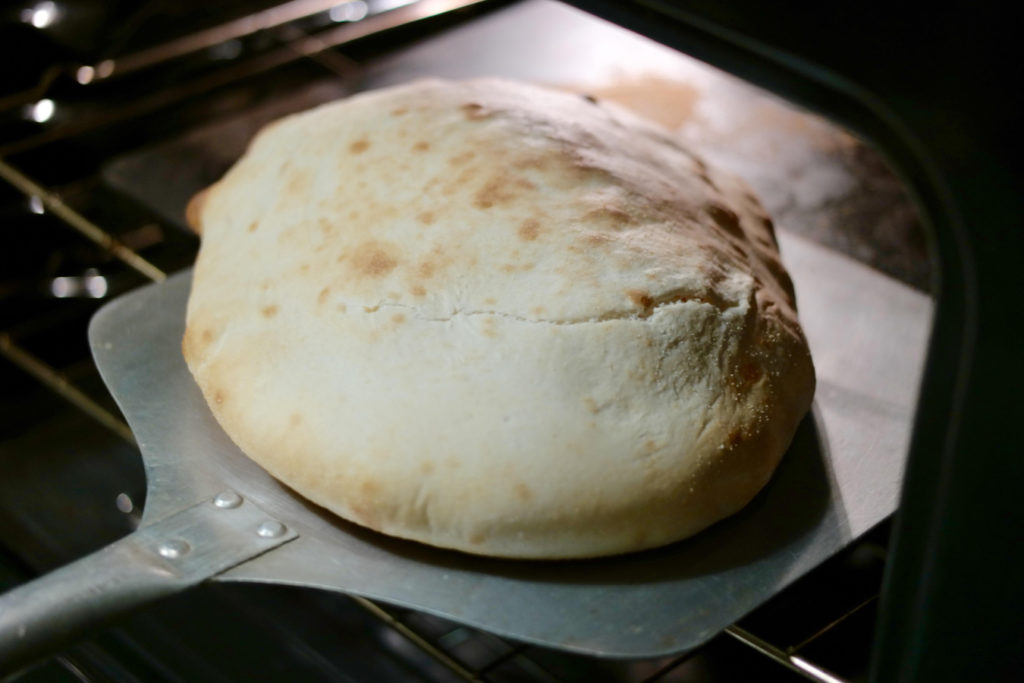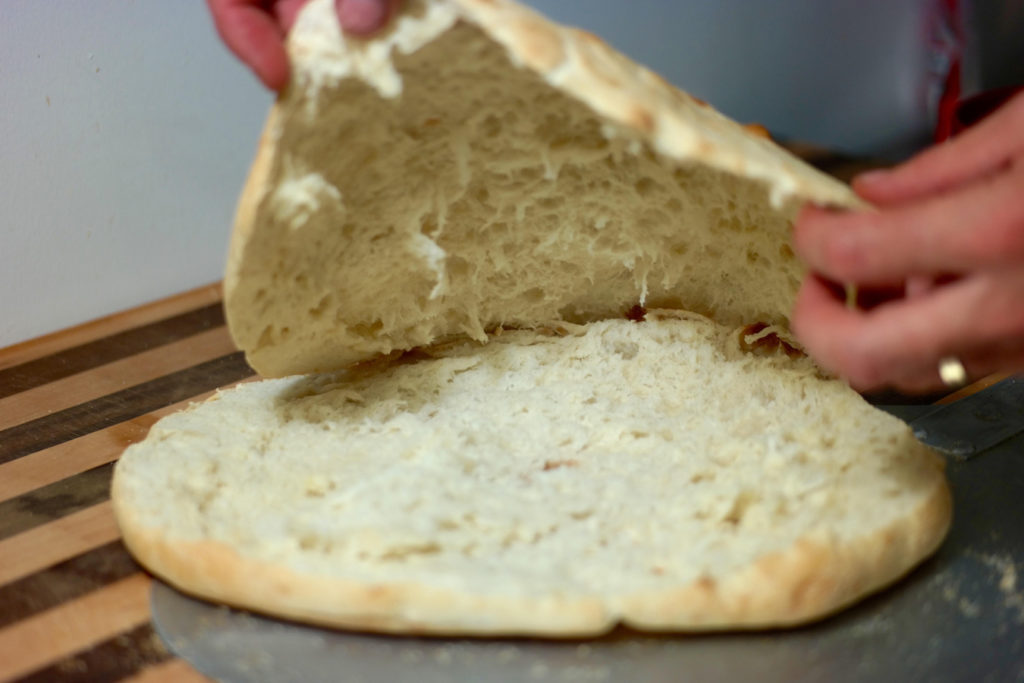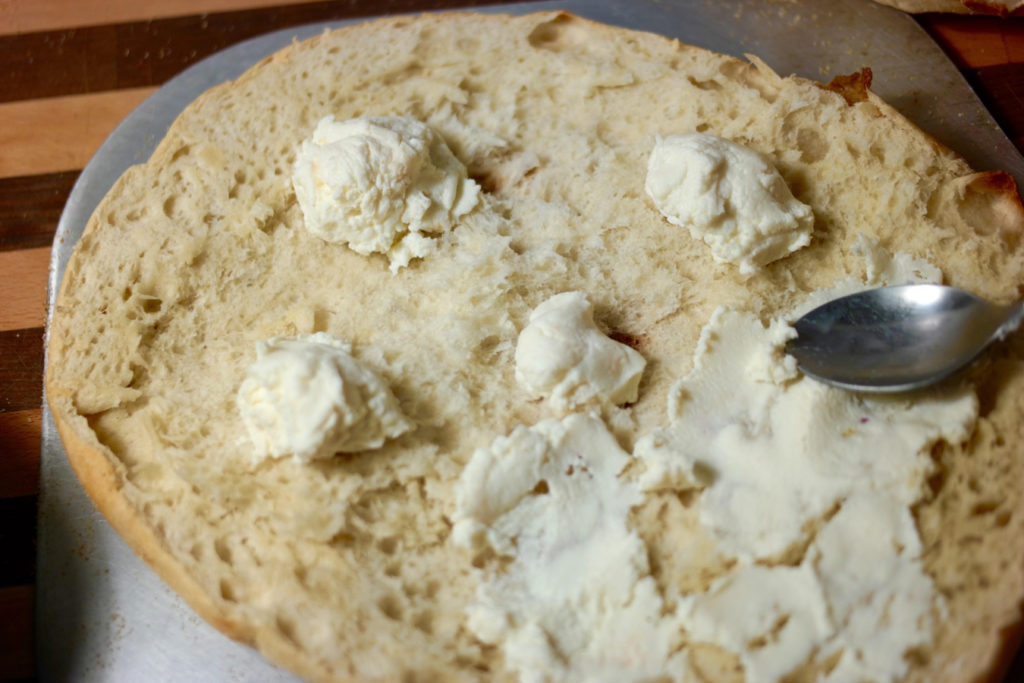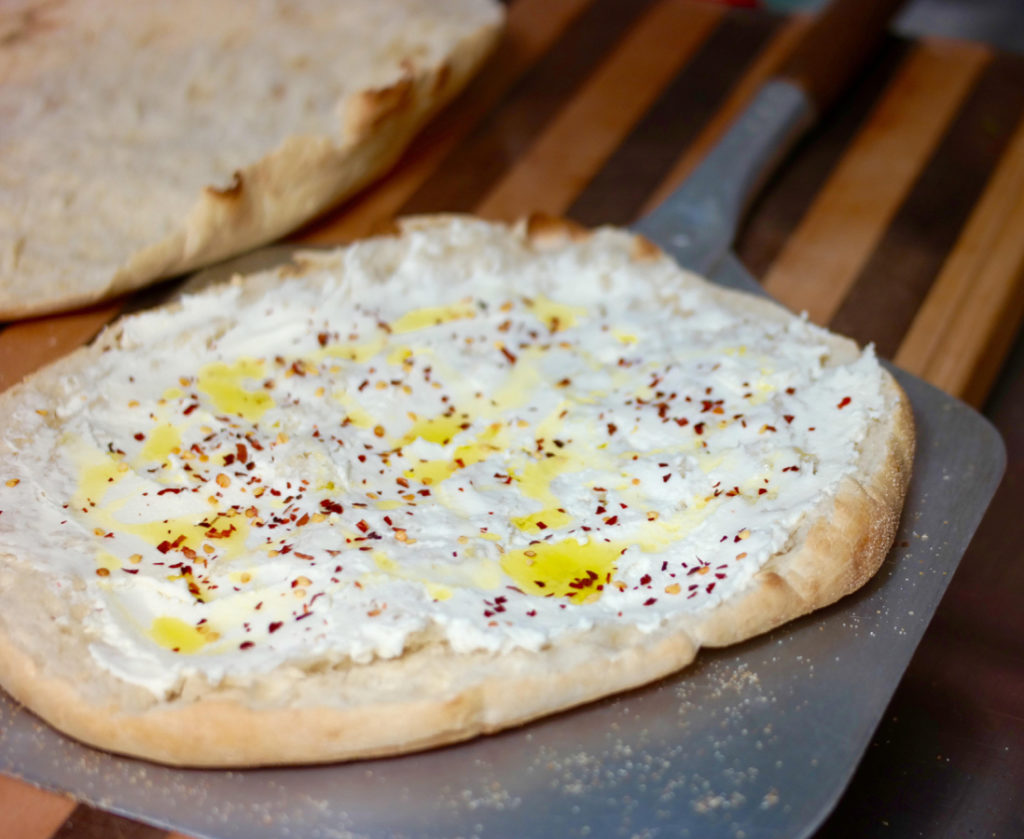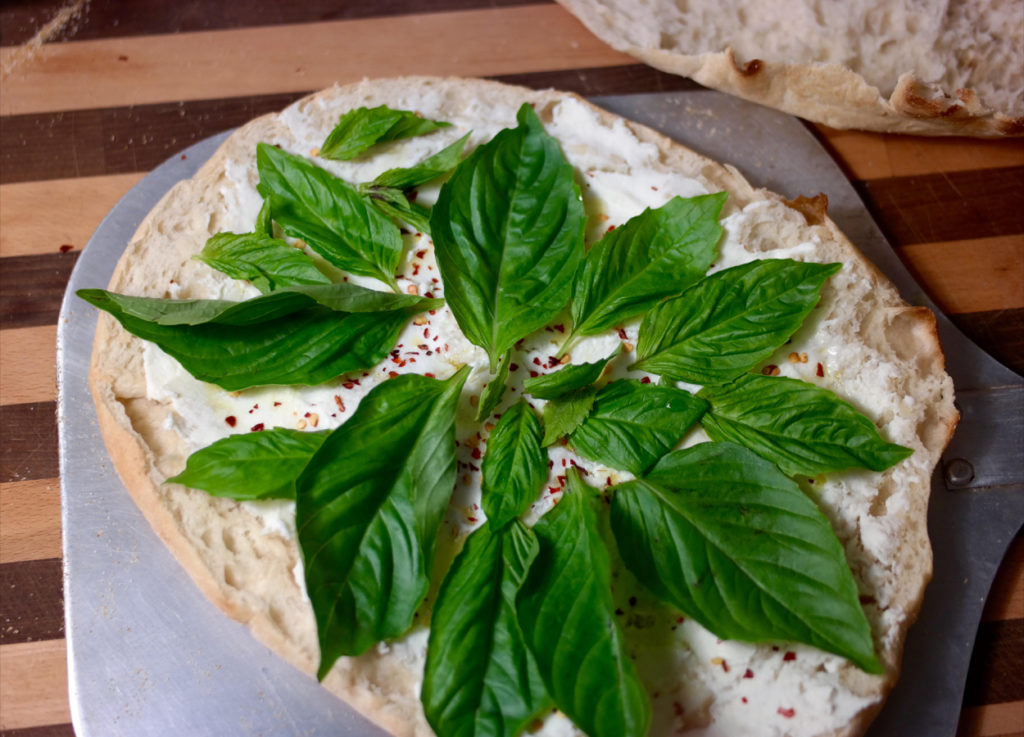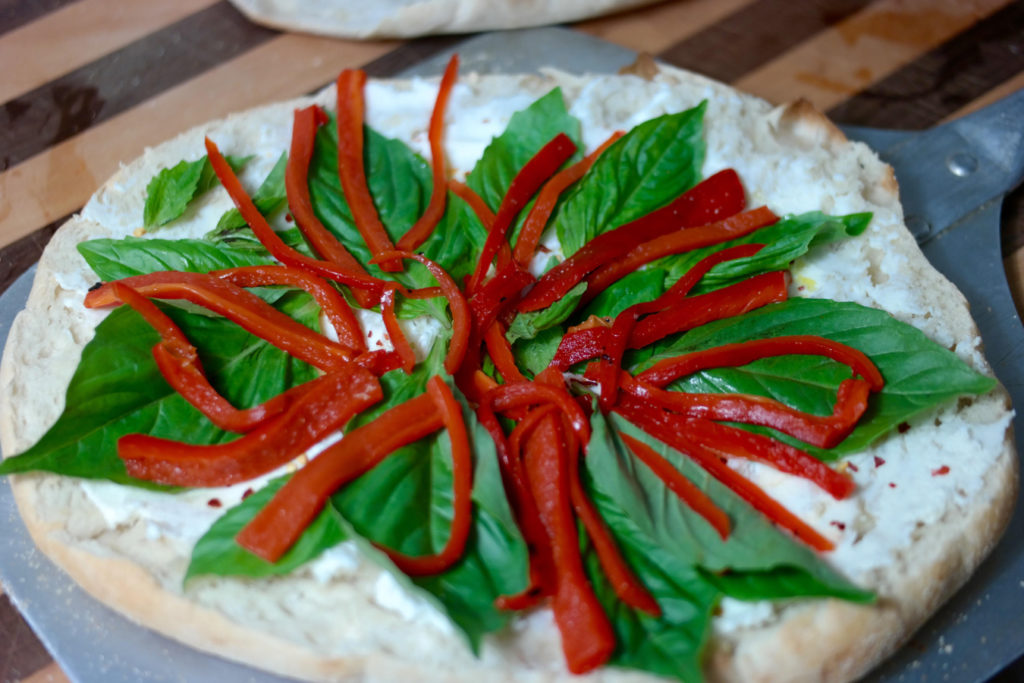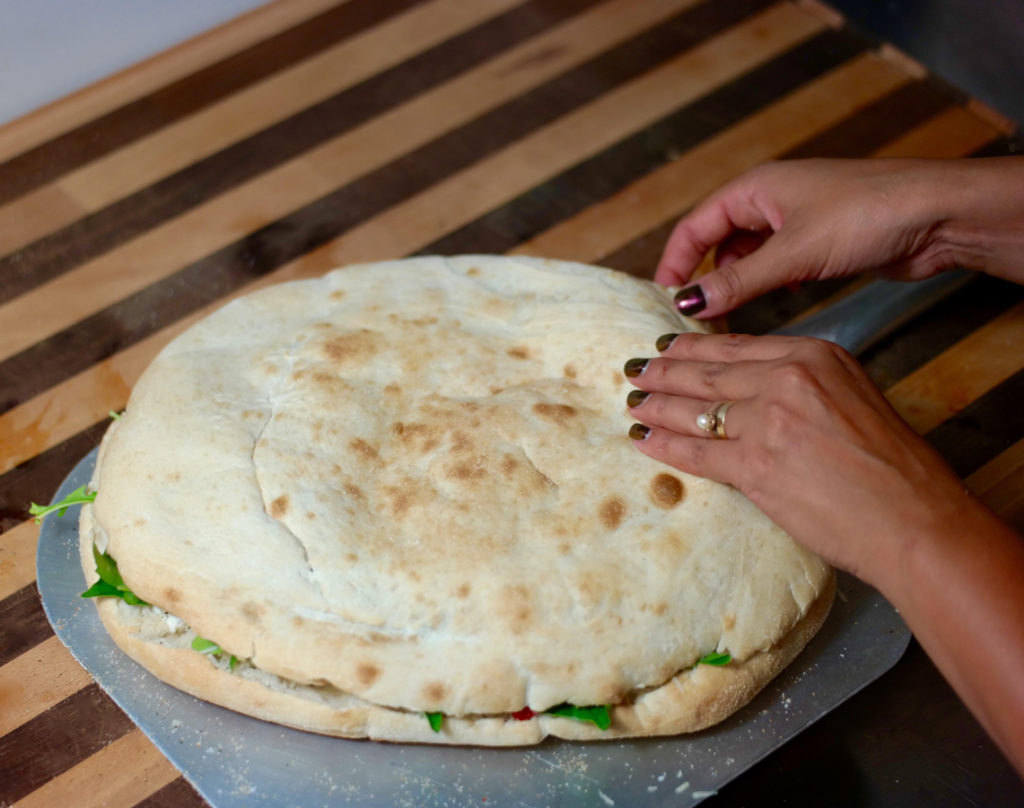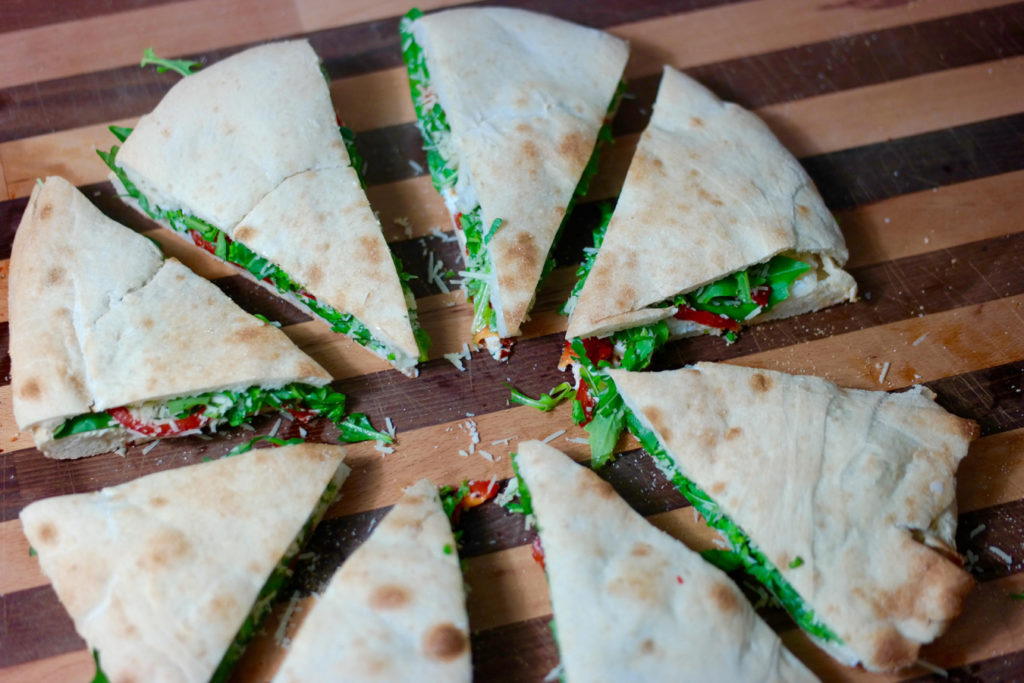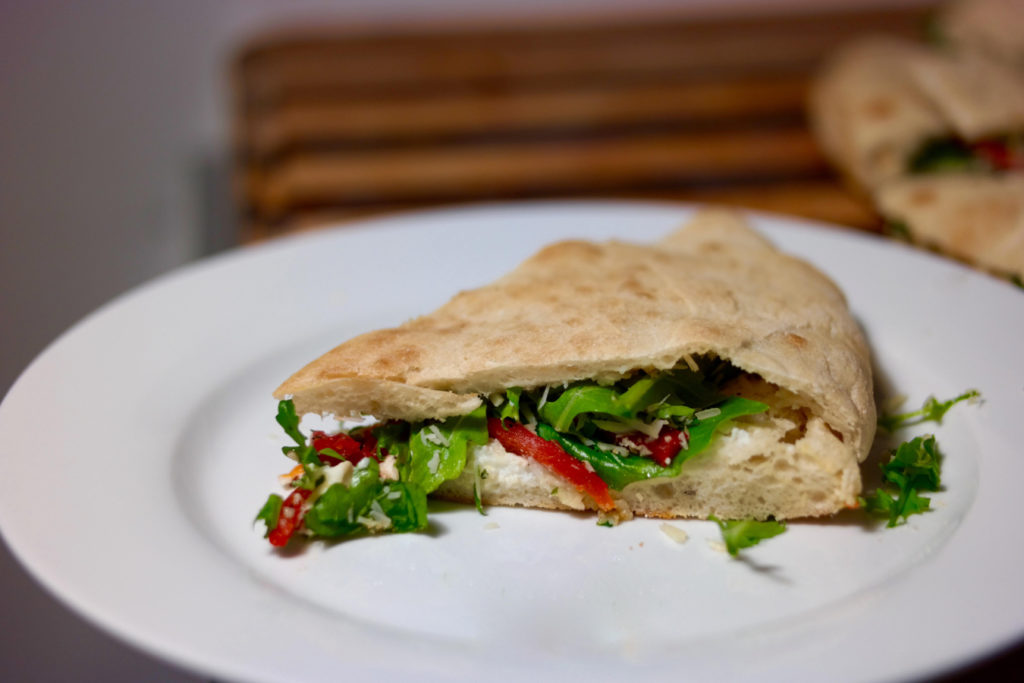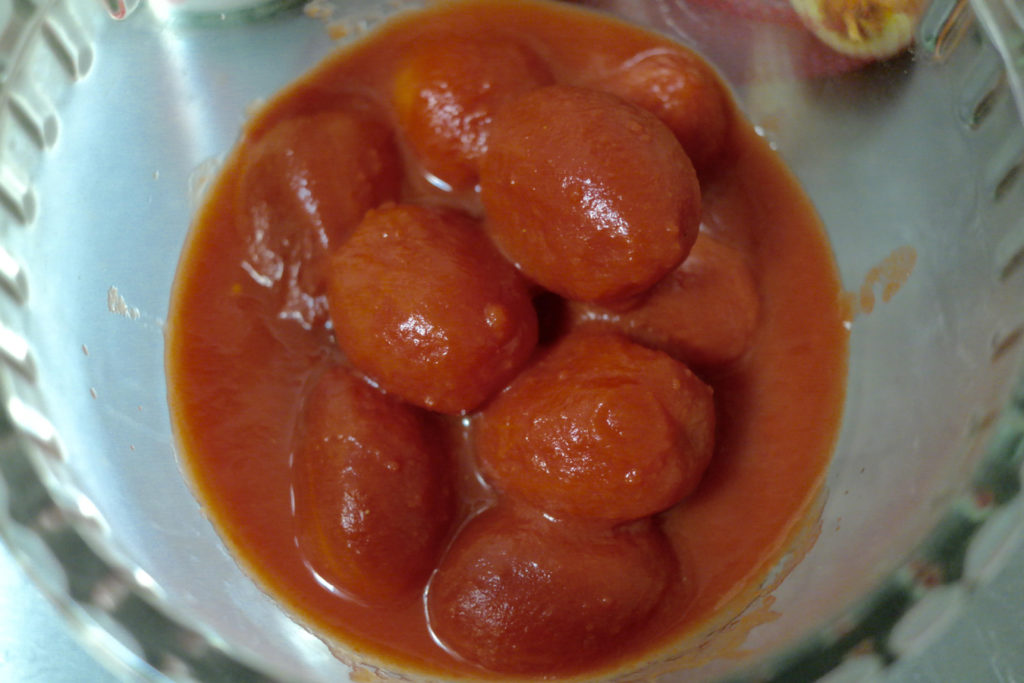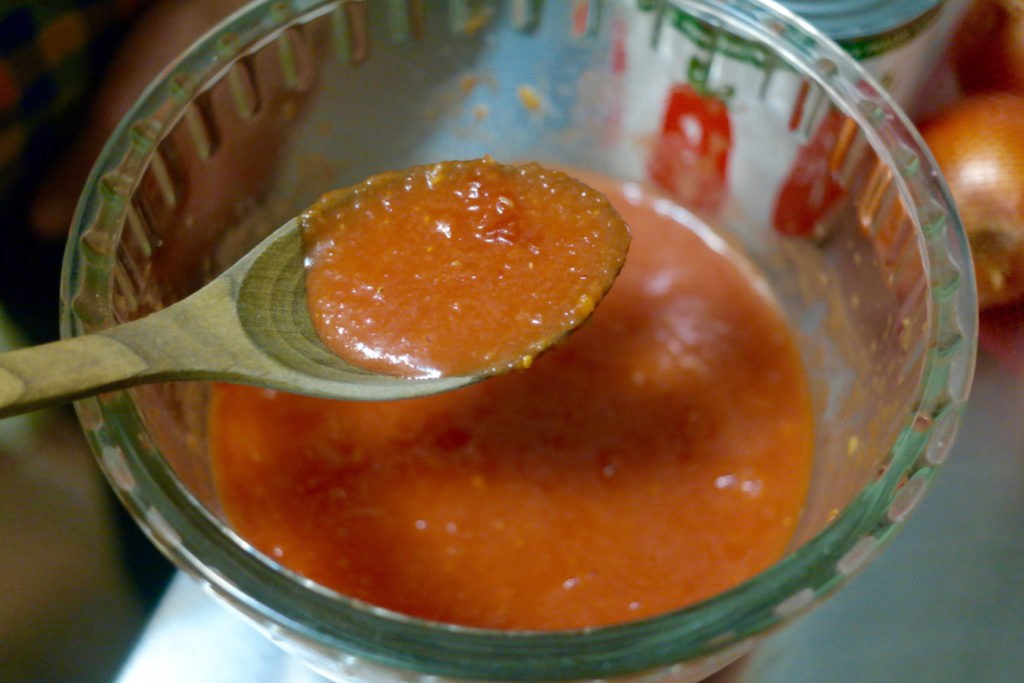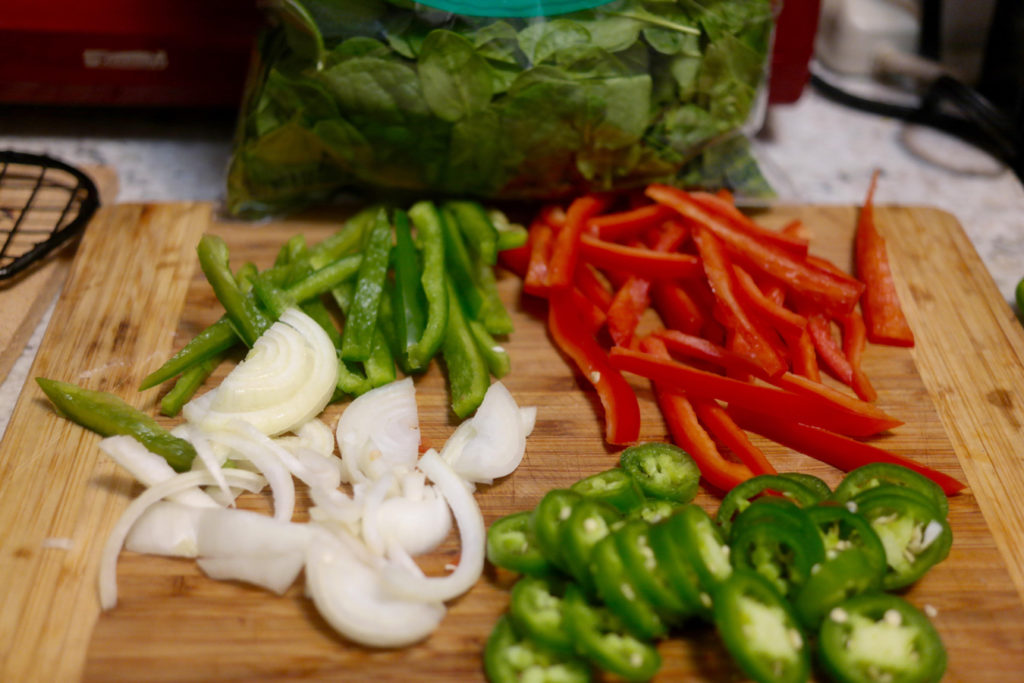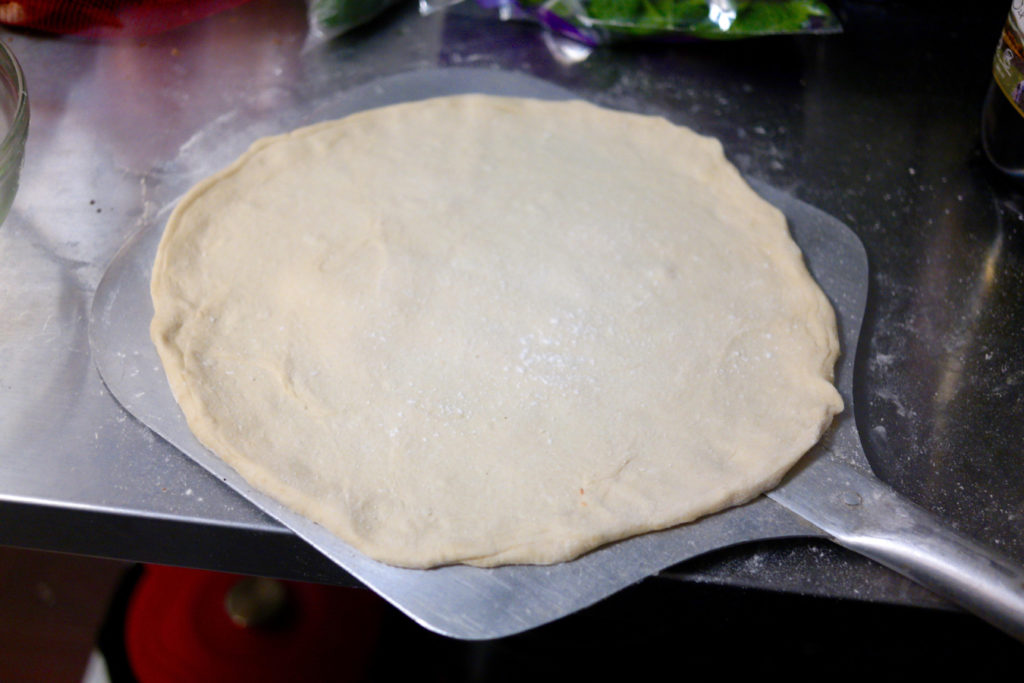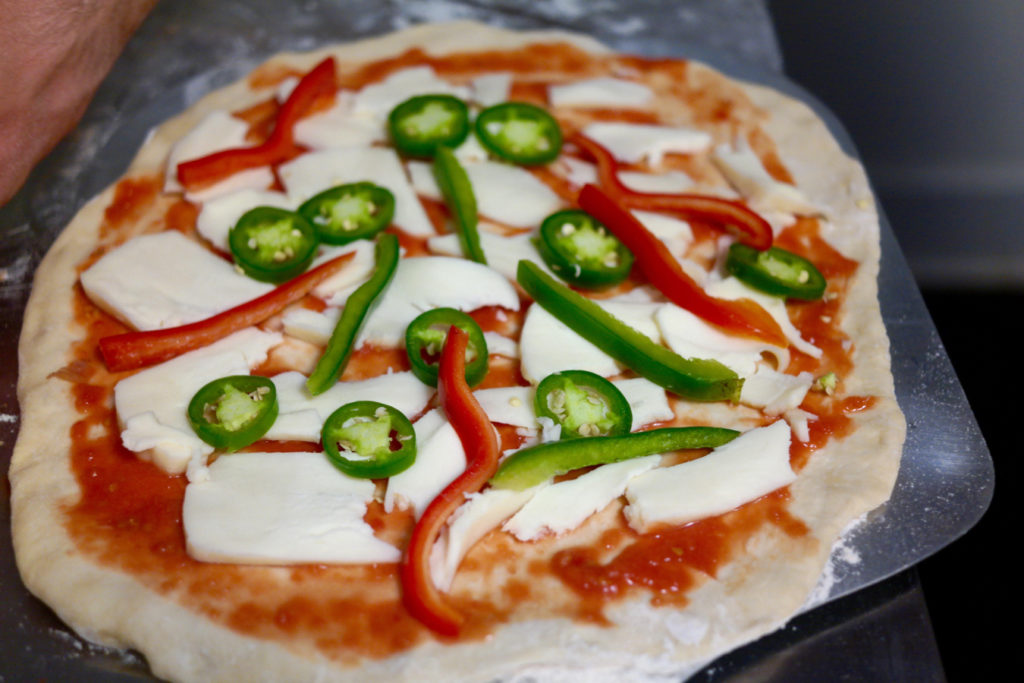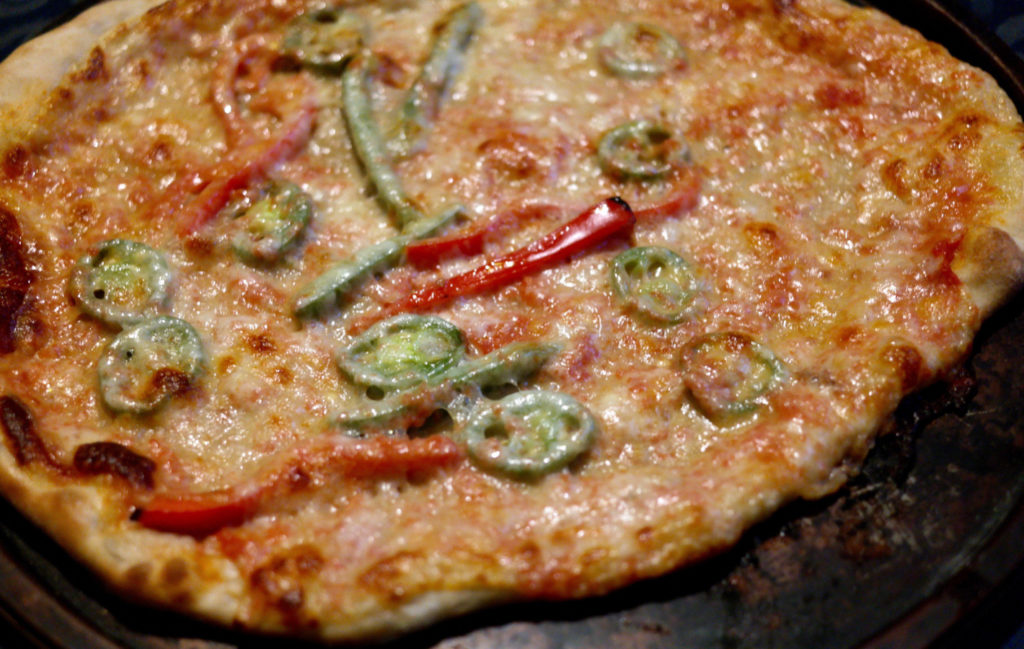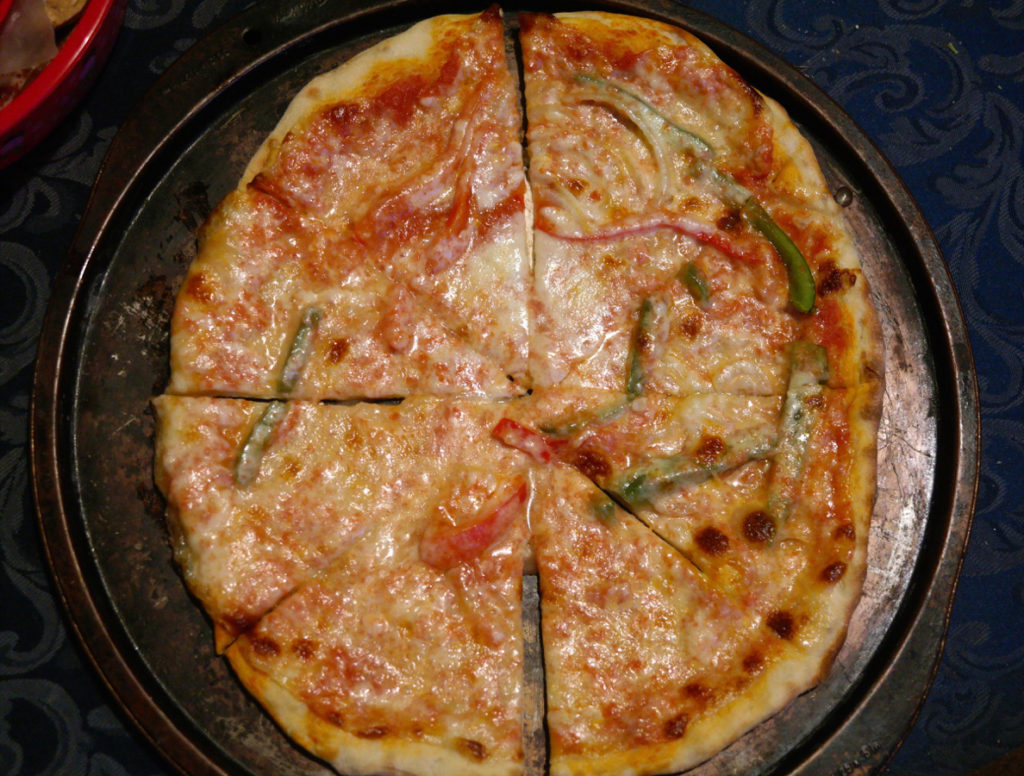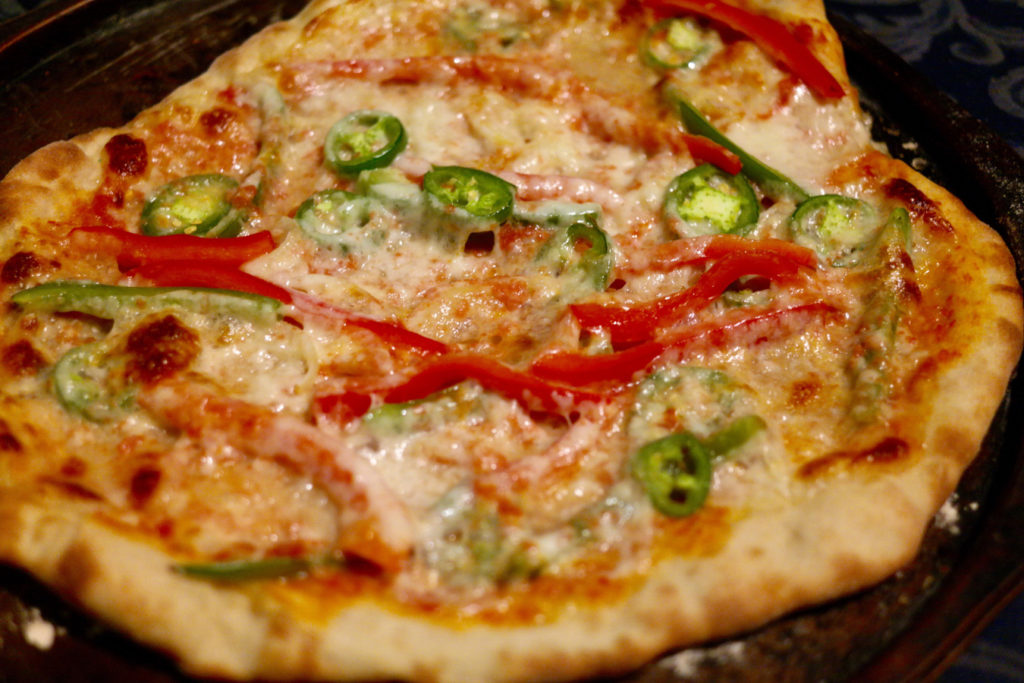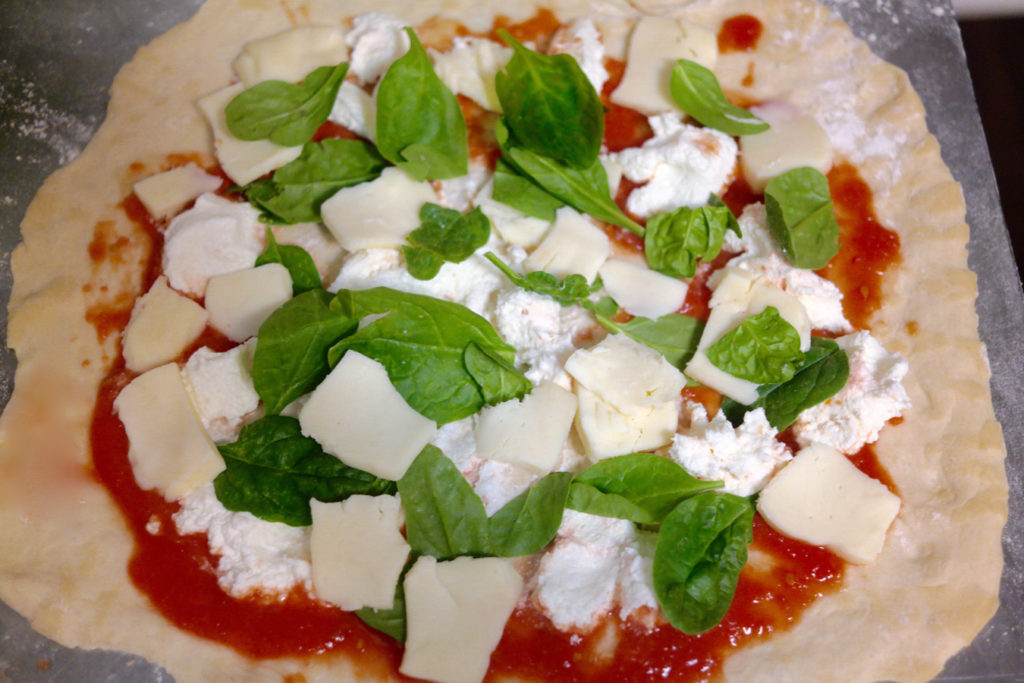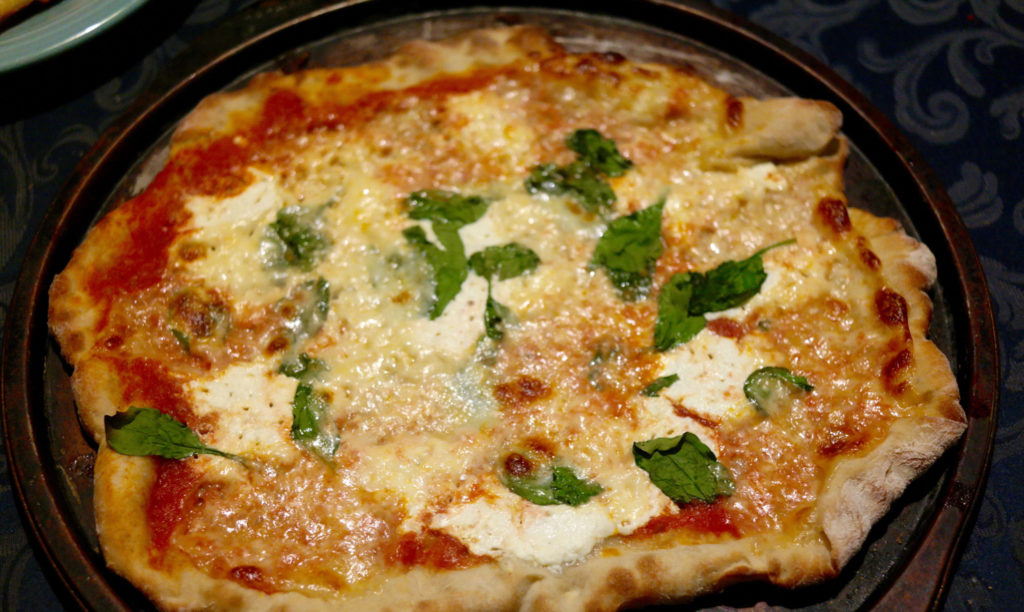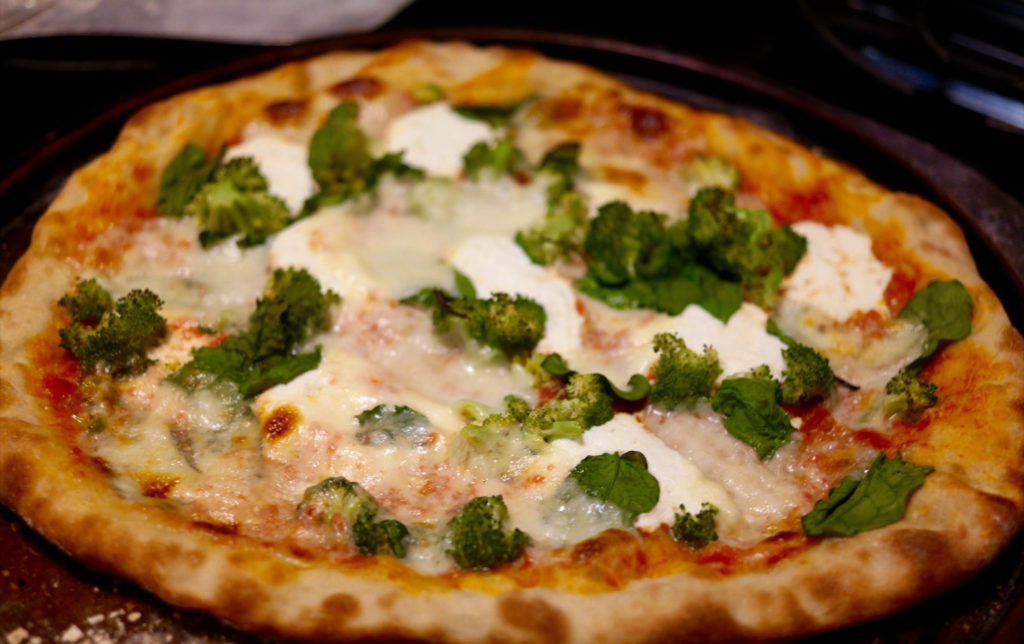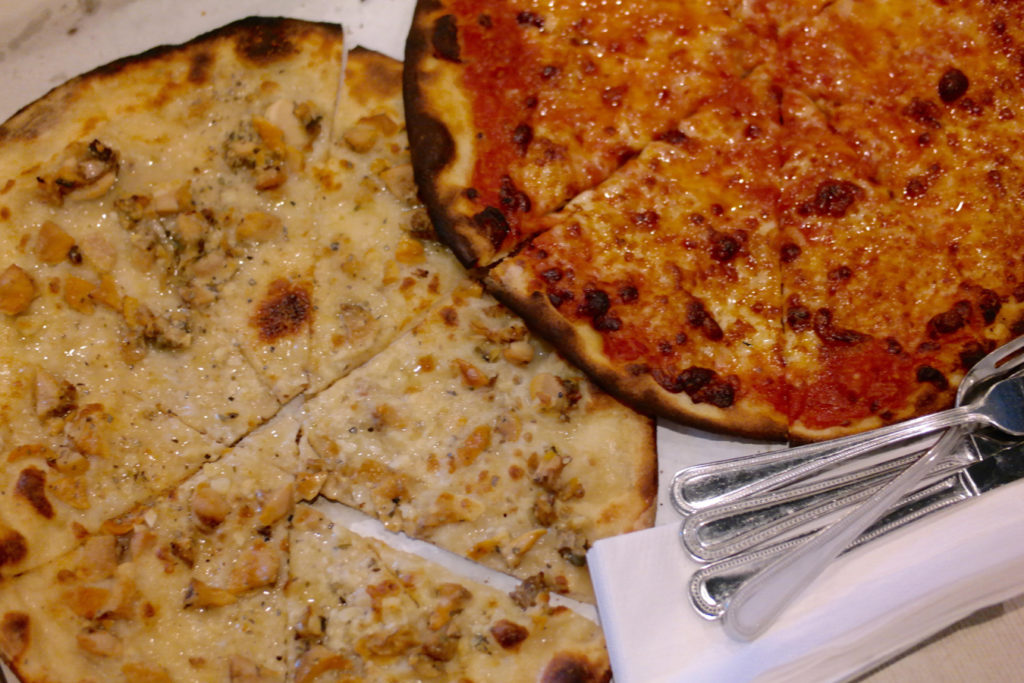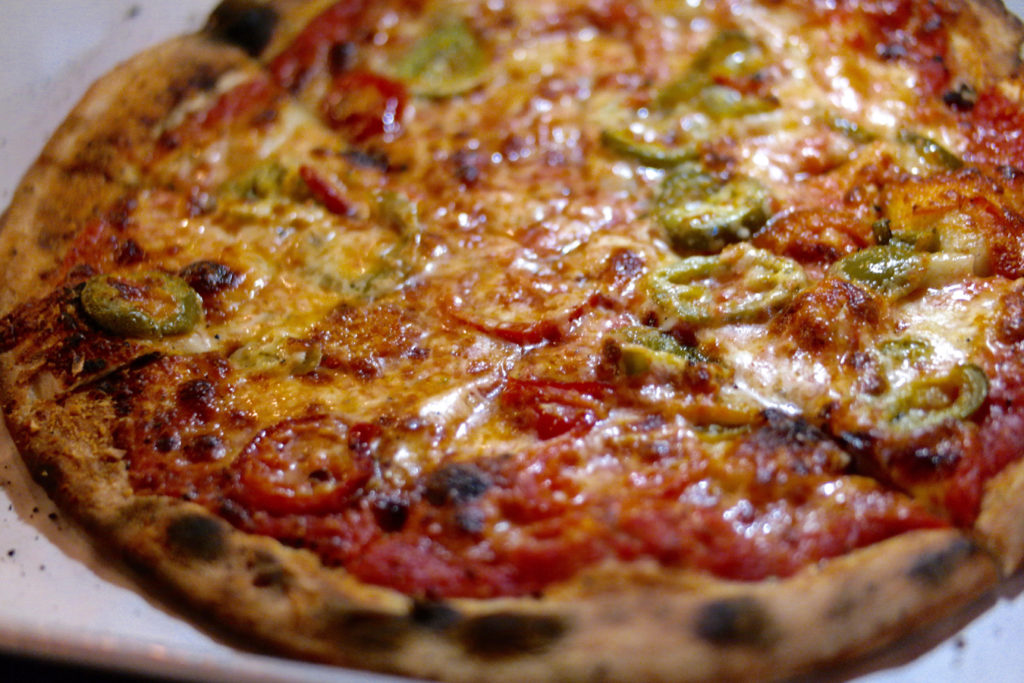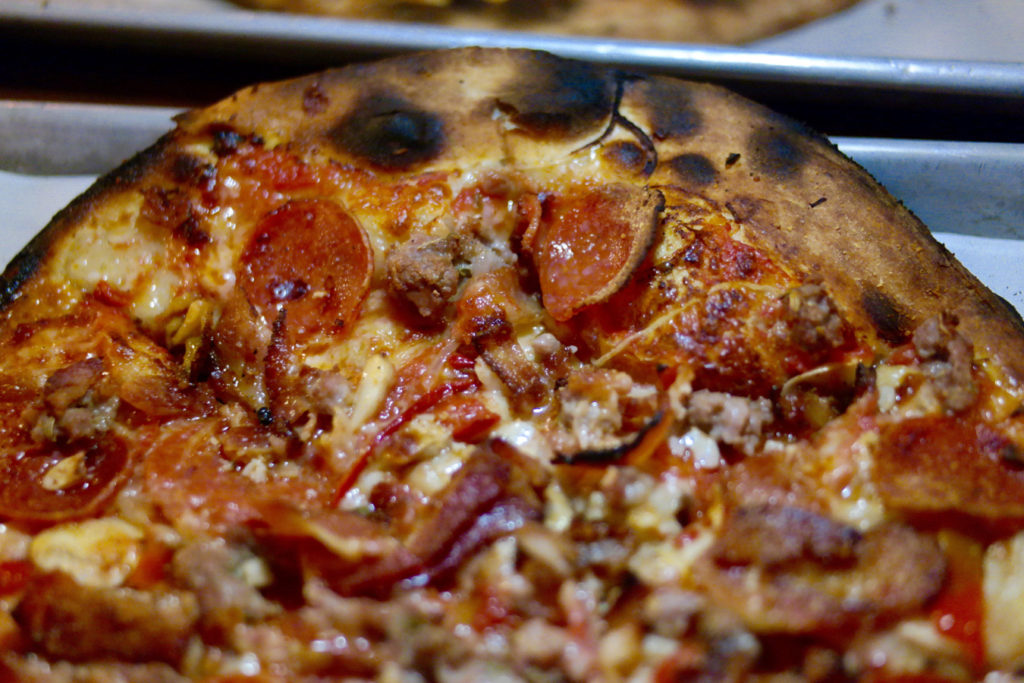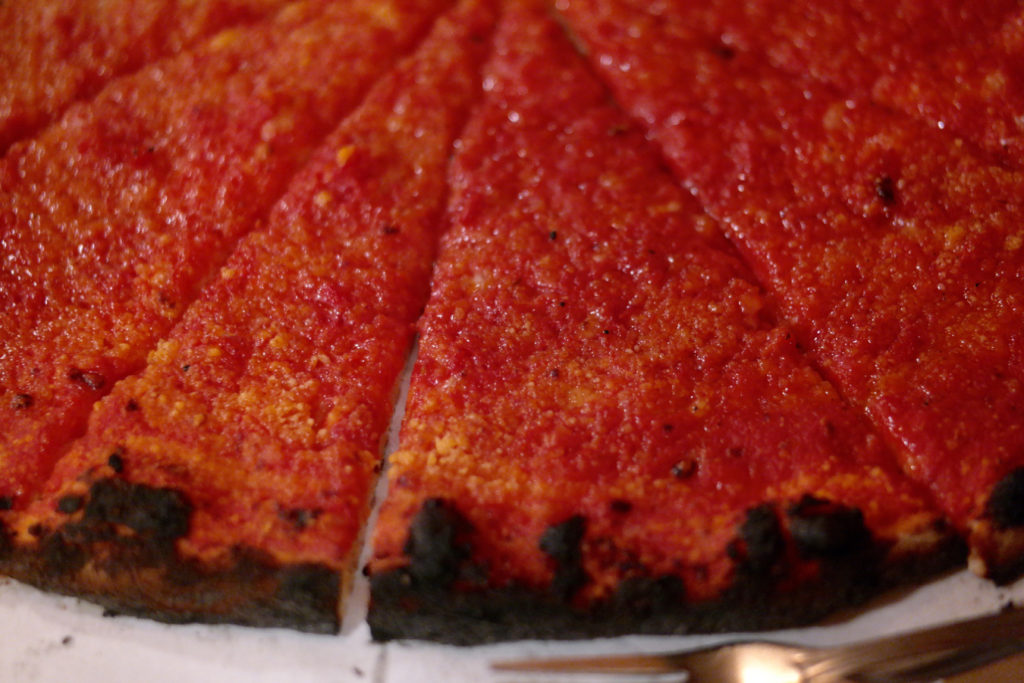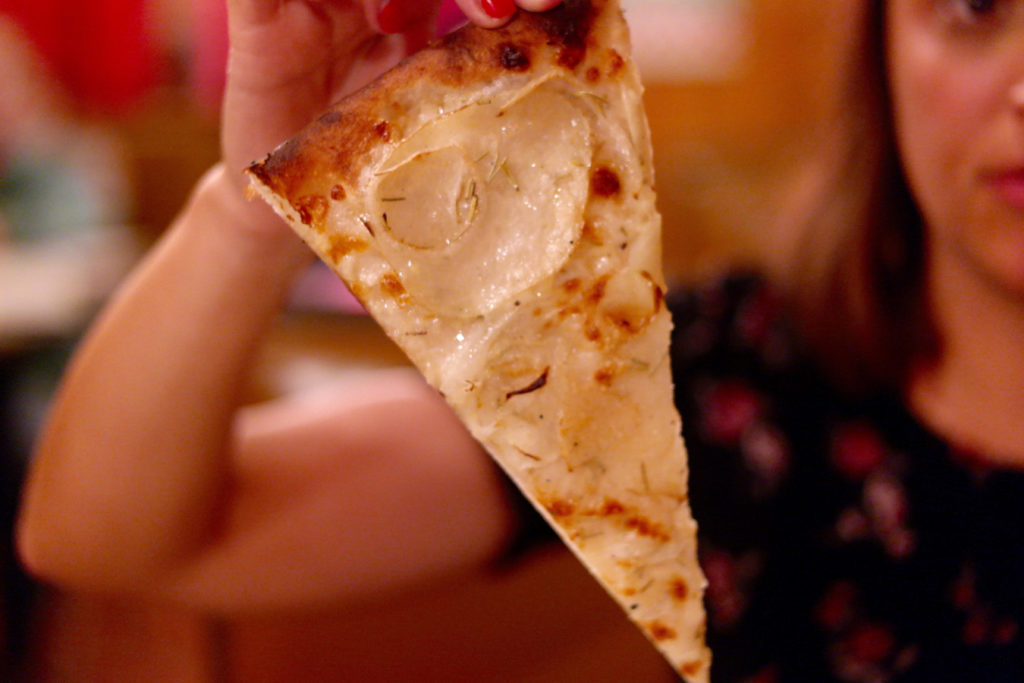Finally, for the first time in almost 4 months, we got out of the house! We figured that for our first expedition since the pandemic hit we should go somewhere close to home that’s doing well with the virus – and so we set our sights on Philadelphia. The City of Brotherly Love is less than a hundred miles from New York, and culturally the two cities are pretty similar. When it comes to food and what you might eat in Philly you probably think of cheesesteaks first and foremost, but after doing some research we discovered that there’s a pretty interesting array of pizzerias to try. Some of these places are old-school bastions of the Italian community that settled in the city over a century ago, but others are new contenders that are experimenting with different toppings and cooking styles. Here’s a round-up of everywhere we went, and we hope that once you feel safe to travel you’re inspired to try some of these excellent pizzas.
On our visit we roamed around several of Philadelphia’s neighborhoods, and naturally the first place we went was the area around the Italian Market, where Italian immigrants settled in the early 20th century. Even today a lot of these cultural influences remain, including the country’s oldest still-running Italian restaurant, and of course some pizza. We started at Santucci’s, which has their original location in the neighborhood but has since branched out to another location in Philadelphia, plus restaurants in the suburbs and New Jersey. Their signature is a square pizza with cheese on the bottom and sauce on top, so that’s what we got, topped with sliced long hot peppers.
Just a few blocks north is Angelo’s Pizzeria, which is currently serving a limited menu. From the few topping choices we had, we decided to go with a grandma pie with roasted red peppers.
A little east of the Italian Market is Lorenzo & Sons Pizzeria on South Street, which is currently operating as a take-out window. They’re open late so their huge slices serve as great, cheap food for all the people partying on the street. We went with a plain cheese slice and split it between the two of us since it was so big.
The next neighborhood we visited was Fishtown, which is Philadelphia’s prime hipster area. Here there are a couple of new pizza makers who are turning out inventive pies – like Pizza Shackamaxon, which became so popular that in better times they had continual lines out the door. Right now they’re making just 50 pizzas a day, and with social distancing in effect you can only place orders online starting at 9am, so be prepared to set an alarm and jump right into the queue. We were able to get our order in on time for a white pizza, which we scheduled to pick up later that afternoon.
Just a few blocks away you’ve also got Pizzeria Beddia, where we got this awesome Angry Arrabiata pizza topped with spicy peppers and basil leaves.
One neighborhood north of Fishtown is Kensington, which has long been a working-class Catholic neighborhood – exactly where you would expect to find some more good pizza. One old-school spot there is Tacconelli’s Pizza, which has been around for over 70 years. It’s recommended that you call well ahead to reserve a pizza, so we got their secret “special” pie, topped with crushed tomatoes and spinach.
But Kensington also has a newer, more experimental pizza place: Pizza Brain, a few blocks away, where you can also order your pizza ahead of time to pick up. We were excited to find out that Pizza Brain offers meatless pepperoni as a topping, so we got that on top of a regular cheese pizza.
And finally, our last stop for pizza was the neighborhood behind the Franklin Institute, where we found one branch of Pizzeria Vetri (the other two locations are near Rittenhouse Square and in King of Prussia). We couldn’t pass up this spot without trying their famous “metro” size pizzas, which are 28 inches long and look more like a pizza raft. We went with the eggplant pizza, which is also topped with stracciatella cheese and crushed tomatoes.
At this point you might be wondering what we did with all these pizzas: after all, indoor dining hasn’t yet returned to the area (for good reason), so where did we actually eat all this food? Well, some of these places had limited outdoor seating, like Pizzeria Vetri and Pizza Brain, so we were able to chow down right outside. But for every other place we simply carried our pizzas to the nearest place where we could stop and sit – like a park, or a community garden, or a bench on the sidewalk, or a picnic table outside a shuttered cafe. In times like these you have to get a little creative if you want to try new and interesting food, and thankfully it’s warm enough to eat outside so we were able to make due. After months stuck indoors, where we barely left Brooklyn, we were grateful for any safe chance to venture out – even if just to our closest neighboring city – and have the opportunity to experience some unique food.
Eggplant Pizza
OK, yeah, we really do like pizza. In our defense, it’s a great vegetarian food if you select some delicious vegetables to go on it, or just by itself. We’ve made pizzas before with arugula and spicy peppers, with potatoes, with pears and honey, with mix and match veggie toppings, and even a stuffed version. Here now is a variety we recently cooked up with eggplant on it, inspired by a recipe we found in the New York Times. While we put our own spin on it, what we really liked about this one was not just the eggplant but also the cheese in this pie, which is added to the pizza a little differently than you’re probably used to. You can make an easy, simplified form of this pizza as we did, with pre-made dough, or you can mix the dough from scratch – but either way you get one amazing pizza.
To make this, you’ll need:
- 2 medium eggplants
- A can of plum tomatoes
- Olive oil
- Semolina flour
- Garlic
- Red pepper flakes
- 8 ounces of fresh mozzarella
- Basil
- One pound of pre-made pizza dough, or if you’d like to make the dough from scratch we recommend you follow this recipe (for which you’ll also need yeast and flour)
To begin, cut your eggplant into one-inch cubes, like so:
Lay the cubes out on baking sheet and drizzle them with olive oil, then sprinkle on a generous amount of salt and pepper.
Roast your eggplant at 450°F for 20 minutes, then use a spatula to flip all the pieces over and bake for another 20-25 minutes, until they’re browned and tender.
While your eggplant is cooking, you can make the sauce by emptying your tomatoes into a food processor and pureeing them until they’re a smooth consistency.
Also thinly slice 8 garlic cloves (yep, this is going to be a fragrant pizza).
Sprinkle some semolina flour on a large, clean surface and begin stretching your dough out into two pies, each with a 12-inch circumference, using the semolina to keep the dough pliable and not too sticky. Spoon the sauce on top, then layer on some sliced garlic and sprinkle red pepper flakes all over.
Once the eggplant comes out of the oven, place that on top of everything.
Now you’re going to bake the pizza at 500°F on a pizza stone for 7-10 minutes, until it’s crispy and lightly browned on the bottom.
But wait, you’re probably asking, what about the cheese?? Never fear, we’re going to put that on last. While the pizza is in the oven, tear your mozzarella into pieces. As soon as your pie comes out, place these slices on top and they’ll begin to melt a little from the heat. Then place some torn basil leaves on top of everything.
Now slice up your pizza and enjoy!
We – but especially Cyril – really like eggplant and its role in vegetarian cooking, so roasting it and putting it on top of a pizza was a good choice – it melds well with the garlic, red peppers flakes, and basil. The sauce was also rich and simple: the flavors of the tomatoes come out nicely when you don’t add anything to them but instead just puree them into a liquid. What we liked most, however, was the cheese. We’re all used to baked shredded mozzarella on top of pizzas, but using chunks of fresh mozzarella placed on top only after the pie has come out of the oven adds a great texture and taste to tie everything together. We hope you enjoy our latest version of pizza – we sure did!
Stuffed Pizza
No, not stuffed-crust pizza, which is a weird Frankenfood that was invented by Pizza Hut and promoted by Donald Trump (really). This stuffed pizza instead is made from pizza dough that’s been baked, sliced in half, and filled with delicious ingredients piled inside. We decided to make this based on a New York Times recipe we found, but we changed it around a little to make it vegetarian and add our own spin to it. We thought it came out pretty good, and it was a nice variation on the usual pizza – so we’d definitely recommend it.
To make this stuffed pizza, you’ll need:
- Semolina flour
- 8 ounces of pizza dough (we chose to use a store bought dough, but you can always mix up your own – this is our go-to recipe)
- A small container of ricotta cheese
- A red bell pepper
- Basil
- Red pepper flakes
- Grated parmesan cheese
- A small package of arugula
And you’ll also need a pizza peel and a pizza stone.
First, set aside a large, clean work space and generously sprinkle it with semolina flour. Lay out your dough and rub the top with some more semolina. Press and then stretch it out until it’s about 10 inches in diameter, dusting it with extra semolina as needed.
When the dough is the right size, flip it over and place just a little more semolina on the bottom, then slide it onto a pizza peel …
… and use this to transfer it directly onto a pizza stone in your oven, with the stone on your middle rack. Cook the dough at 450°F for 8-10 minutes, until it’s browned and puffy.
Meanwhile, take your red bell pepper and roast it directly over the flame of one of your burners. Once it’s charred all over, place it in a plastic bag and tie the bag shut to let it steam for a while.
Take the dough out once it’s done – it should look something like this:
Then use a serrated knife to slice it in half horizontally.
Now it’s time to assemble your stuffed pizza: scoop out 8 ounces of ricotta cheese (which should be about half of a small container) and drain it in a mesh strainer. Dollop the ricotta over the bottom half of your dough and then use the back of a spoon to smooth it all around.
Drizzle a little bit of olive oil over the ricotta and sprinkle on some red pepper flakes.
Next, tear off the leaves from a small bunch of basil and scatter those over the ricotta.
Then take your pepper out of its bag, peel off the charred skin, and take out the seeds and veins. Slice it into strips and place those on the basil.
Finally, take bunches of arugula and put those over the basil and peppers, and top everything with grated parmesan.
Now lay the other half of the dough over the whole thing …
… and cut your stuffed pizza into wedges.
Now it’s ready to serve and eat!
This is definitely not your typical pizza – it’s more like a sandwich, really. But it’s still delicious! The ricotta makes for a creamy base inside, the pepper gives it a sweet roasted flavor, and the basil and arugula add some nice greens. The baked dough finished everything off nicely as the crisp bread that holds it all together. Using pre-made dough made this a pretty easy recipe that you can throw together easily, so try it at least once in lieu of regular pizza.
Veggie Pizzas
We’ve made a few pizzas before, but here we’ve crafted a mix-and-match, choose-your-own-adventure style of pizza making. We recently had some family over and decided to whip up some pizzas, but since there were so many different people with different tastes we thought it would be best not to make just one type of pizza, but many. We bought a bunch of ingredients and combined them in all kinds of ways, so there was something for everyone. We ended up with five unique pizzas, and we’ll show you how we put all of them together.
To make all these pizzas, you’ll need:
- A 28-ounce can of whole peeled tomatoes
- 2 blocks of mozzarella cheese
- Ricotta cheese
- A red bell pepper
- A green bell pepper
- An onion
- A bag of baby spinach
- A head of broccoli
- 2 jalapeños
- Yeast
- Flour
- Olive oil
We started off by making a sauce using our whole peeled tomatoes. We poured them out into a bowl …
… and then used our hands to gently crush them into a smooth sauce.
Then we prepared our veggies by slicing up the onion and the jalapeños, cutting both bell peppers into strips, and chopping our broccoli into florets.
Next, we made the pizza dough from our favorite source, found here. Since we were making a lot of pizza, we doubled this recipe. Once the dough was ready, we divided it into five pieces and stretched each out into a small pizza.
We first made a pepper pizza by spooning sauce on top of the dough, tearing some of the mozzarella into pieces and placing it on the sauce, then sprinkling some bell pepper strips and half of the jalapeño on top.
We cooked the pizza at 400°F for 10 minutes on a pizza pan, then transferred it to onto a pizza steel and cooked it for another 10 minutes.
Our next pizza was a peppers and onions pizza, so we followed the same technique of sauce, cheese, and more pepper strips and added on half of our onion, then we baked this pizza just like we did the last one.
We also did an “everything” pizza with the rest of our onions, peppers, and jalapeños, assembled and baked the same way as our last two pizzas.
After this we decided to do a spinach pizza. We spooned out the sauce and laid down the mozzarella, then topped that with small dollops of ricotta cheese and spinach leaves.
This is how the spinach pizza came out after we baked it like all the others:
And finally, we did a mozzarella, ricotta, spinach, and broccoli pizza, created and baked like the one above.
So there you have five different pizzas, each warm and deliciously cheesy and topped with all kinds of veggies. They’re just the right size to feed a small crowd and let people choose between different combinations of toppings. We encourage you to think of other vegetables that might go well on pizza and try them out for yourself. Be creative! Be inventive! Because it’s pretty hard to go wrong with a pizza.
Where We Ate: New Haven Pizza Edition
You may or may not know this, but New Haven, Connecticut is a destination city – if you like pizza. A hundred years ago Italian immigrants began migrating there and crafting their own style of pizza, made with a unique type of dough and cooked in coal ovens to char slightly. They called it apizza, in a nod to the Neapolitan dialect spoken by the most of the Italian-Americans who ended up there. There are three places in the city that are considered the originals and are still churning our pizzas after decades in existence, so we wanted to try them all out. Luckily for us, New Haven is the farthest you can go on the Metro-North and each of these pizzerias are within walking distance of the train station, so it was easy for us to get our hands on all these pizzas.
The first one we went to was Frank Pepe Pizzeria, which is considered the original New Haven pizza maker because it opened in 1925. Cyril decided to get the famous clam pie there, which also comes topped with parsley, garlic, and romano cheese. Meanwhile, Miriam opted for a plain pie with mozzarella (which you have to specifically ask for, or else you get just tomato sauce on a crust).
Next we trotted off to Modern Apizza, founded in 1934. There, Miriam got a pizza topped with mozzarella and hot cherry peppers, which was deliciously spicy:
Cyril went with the Italian Bomb, which is loaded with bacon, sausage, pepperoni, mushrooms, red peppers, onions, and garlic.
And the final place we visited was Sally’s Apizza, the youngest of the three since it only opened in 1938. Sally’s is just down the block from Frank Pepe, but we had to go there last because it doesn’t open until 3pm on the weekends (and 4pm during the week). We heard that their tomato pie – topped with a rich red sauce and a sprinkling of Parmesan cheese – was excellent, so we shared that.
We also tried the white potato pizza, made with mozzarella and Parmesan cheese, onions, thinly sliced potato, and rosemary.
As you might imagine, we were totally stuffed with pizza after this field trip to Connecticut, and we brought home plenty of leftovers for the next day. But we loved everything! If you thought that Yale and college football were the only things going on in New Haven, the city’s pizza scene proves this wrong. And should you ever happen to find yourself in Connecticut, take a detour to try out one (or all!) of these pizzerias.
